2024 Book & Gift Guide
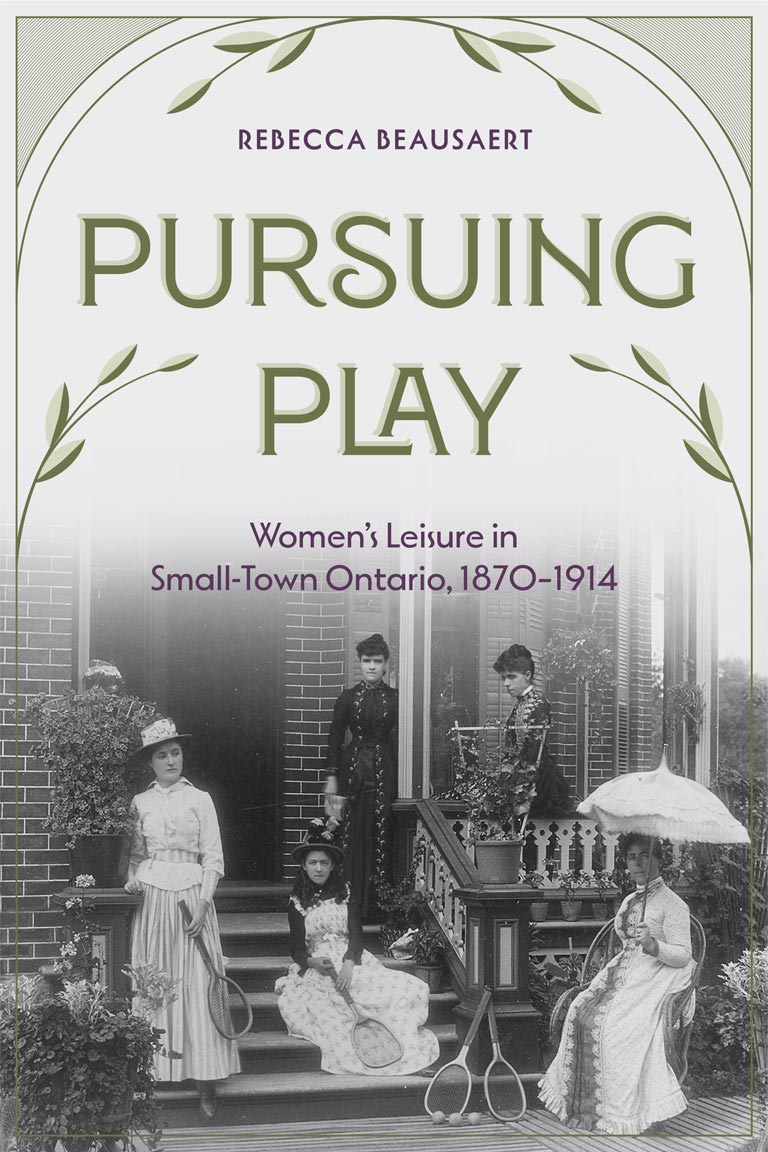
Pursuing Play
Women’s Leisure in Small-Town Ontario, 1870–1914
by Rebecca Beausaert
In telling the story of what small-town women did for fun while navigating social hierarchies, nurturing ties of kinship and friendship, and advancing community development, Pursuing Play adds a new dimension to Canadian histories of gender, leisure, and popular culture.
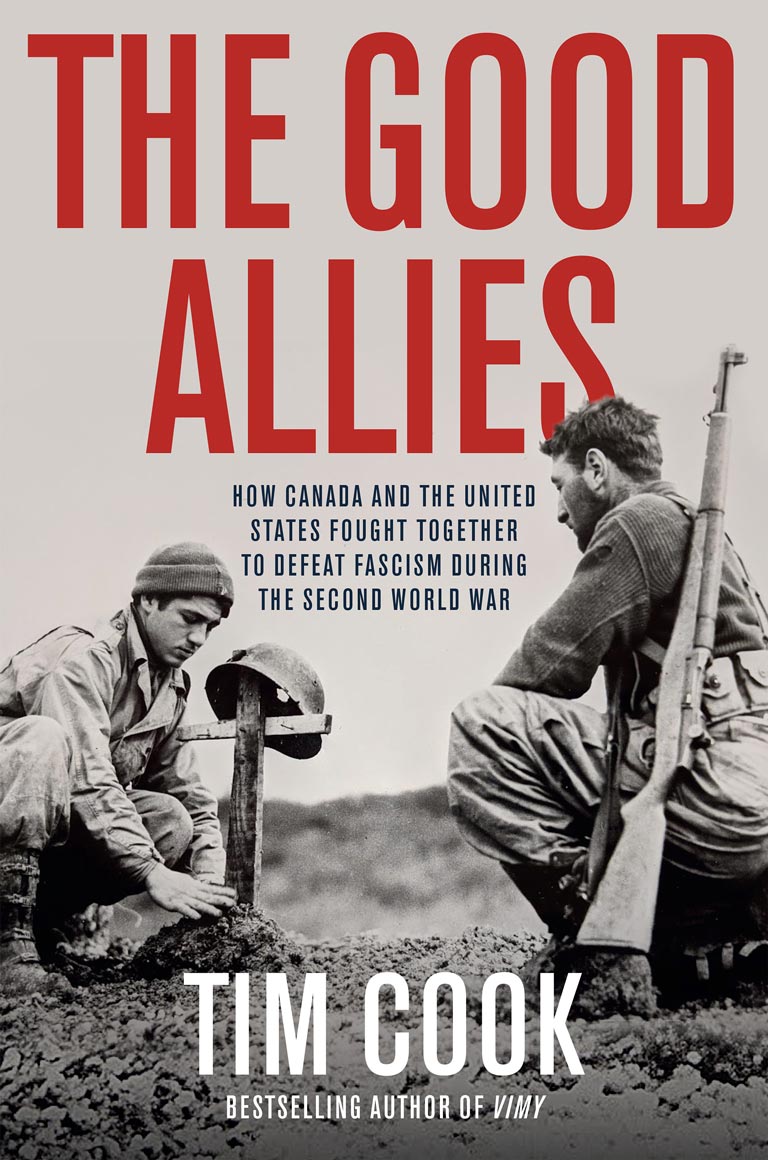
The Good Allies
How Canada and the United States Fought Together to Defeat Fascism during the Second World War
by Tim Cook
From our country’s most important war historian, Tim Cook, The Good Allies is a gripping and masterful account of the turbulent relationship between Canada and the U.S. during the second World War. From wary rivals to steadfast allies, The Good Allies recounts two nations’ story of cooperation, sacrifice, and bleeding together to save the world from the fascist threat.
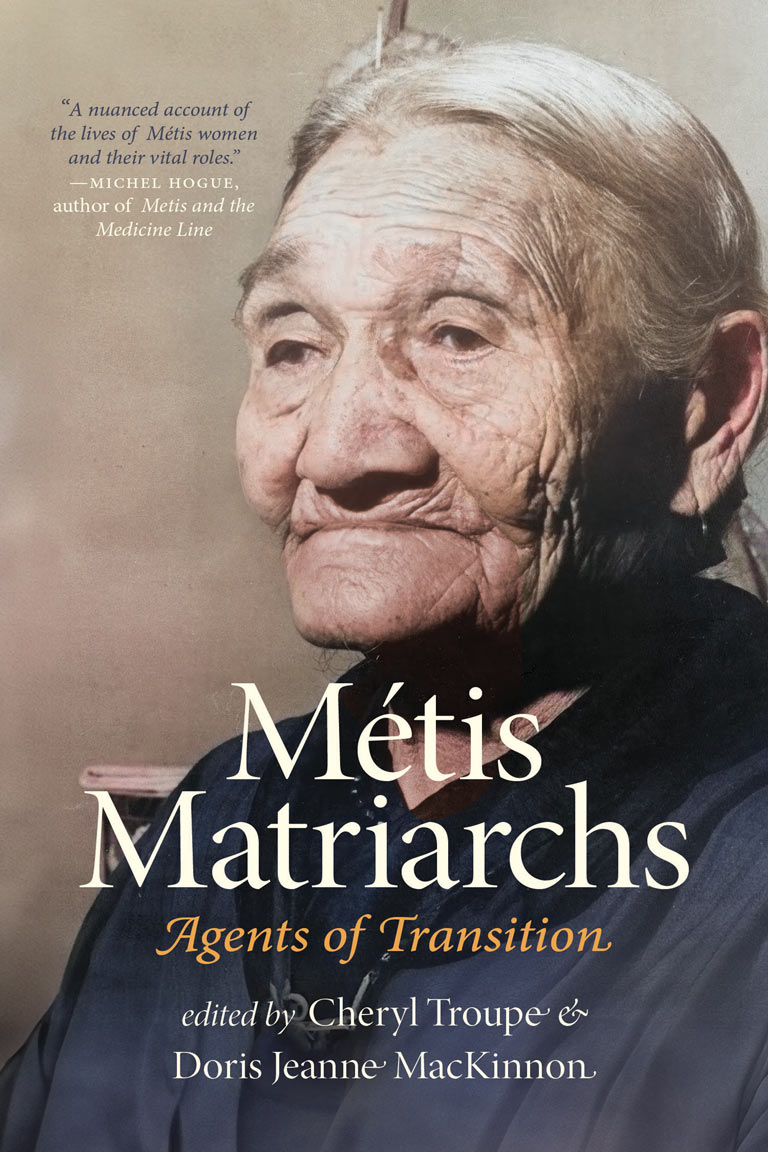
Métis Matriarchs
Agents of Transition
edited by Cheryl Troupe and Doris Jeanne McKinnon
This edited collection provides a rare glimpse into the everyday lives of Métis Matriarchs and challenges how we think about the Western Canadian settlement processes that removed Indigenous peoples from their land — revealing how these matriarchs responded to colonial and settler colonial interventions to ultimately ensure their communities’ cultural endurance.
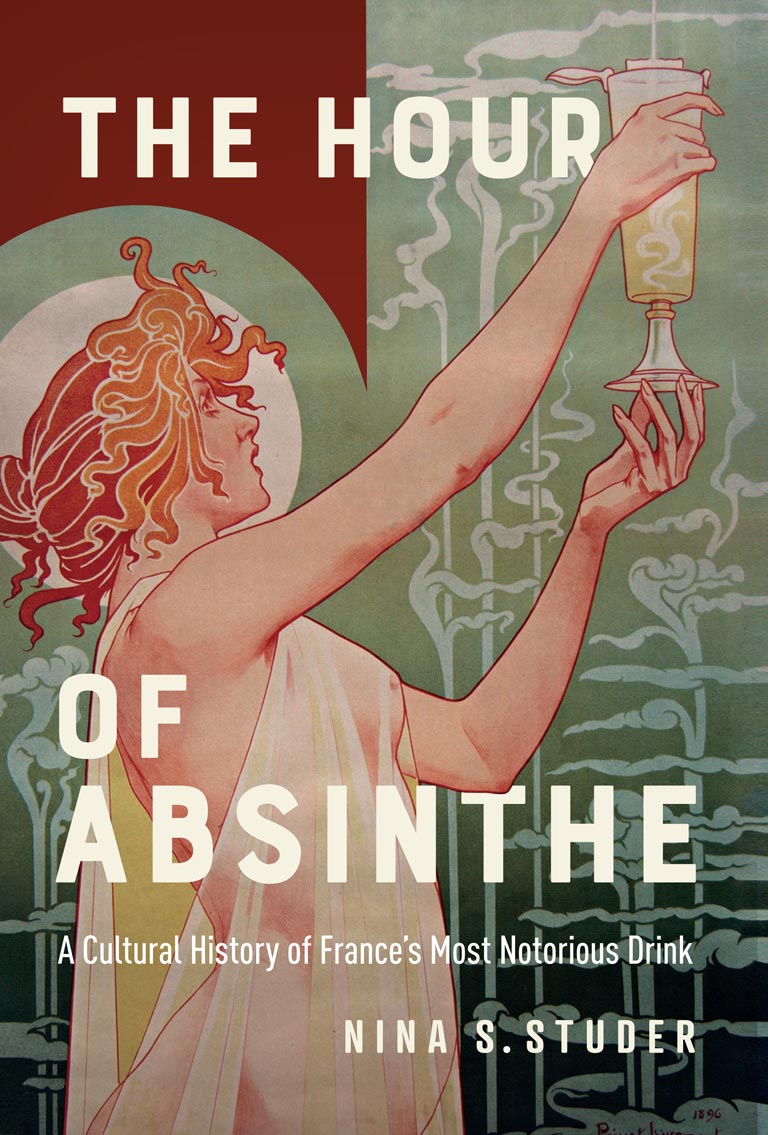
The Hour of Absinthe
A Cultural History of France's Most Notorious Drink
by Nina Studer
As one of history’s most notorious drinks, absinthe has been the subject of myth, scandal, and controversy. The Hour of Absinthe explores how this mythologizing led to the creation and fabrication of a vast modern folklore while key historical events, crucial to understanding the story of absinthe, have been neglected or gone unreported. Providing keen insight, Nina Studer provides a panoptic view of the French Empire’s influence on absinthe’s spectacular fall from grace.
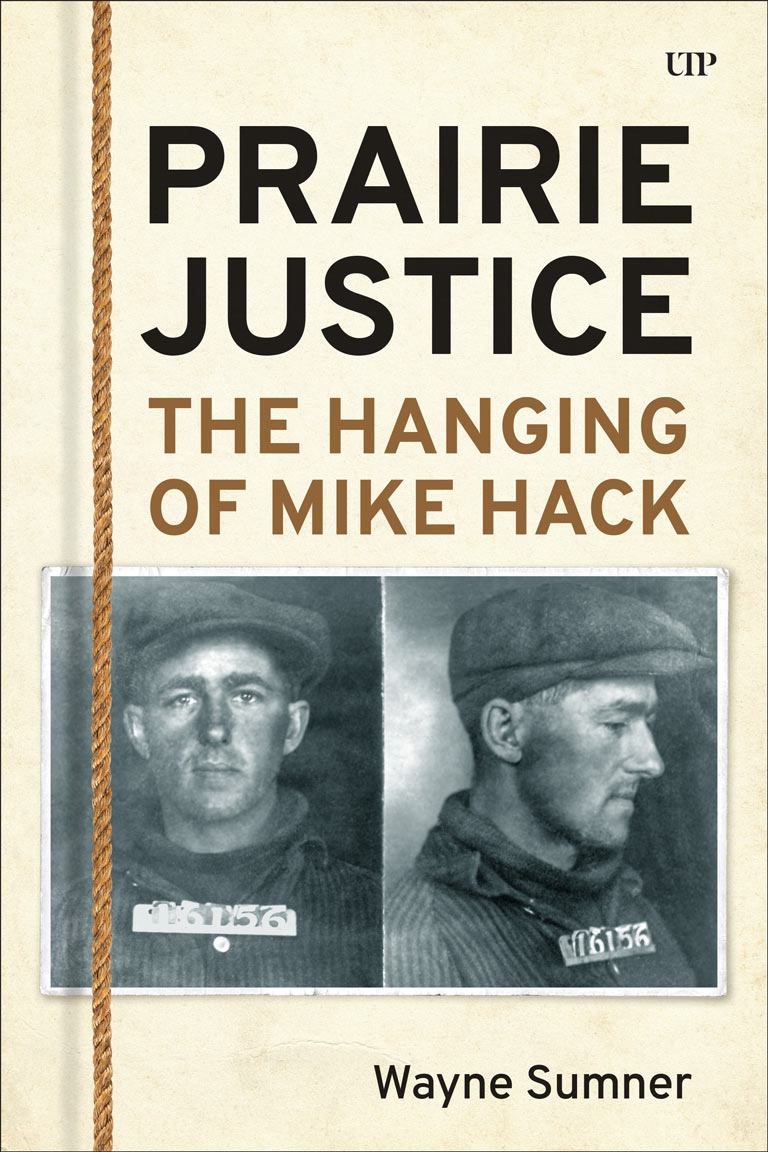
Prairie Justice
The Hanging of Mike Hack
by Wayne Sumner
In May 1928, the body of George Edey was discovered on his Saskatchewan farm, leading to the swift arrest of a deaf and mentally disabled farmhand named Mike Hack. Following a three-day murder trial, Hack was quickly convicted and sentenced to death. He was hanged in January 1929 in the courtyard of the Regina Jail at twenty-seven years of age and buried in an unmarked grave. Prairie Justice dissects this case, revealing its implications for important themes in the history of the Canadian criminal-justice system.
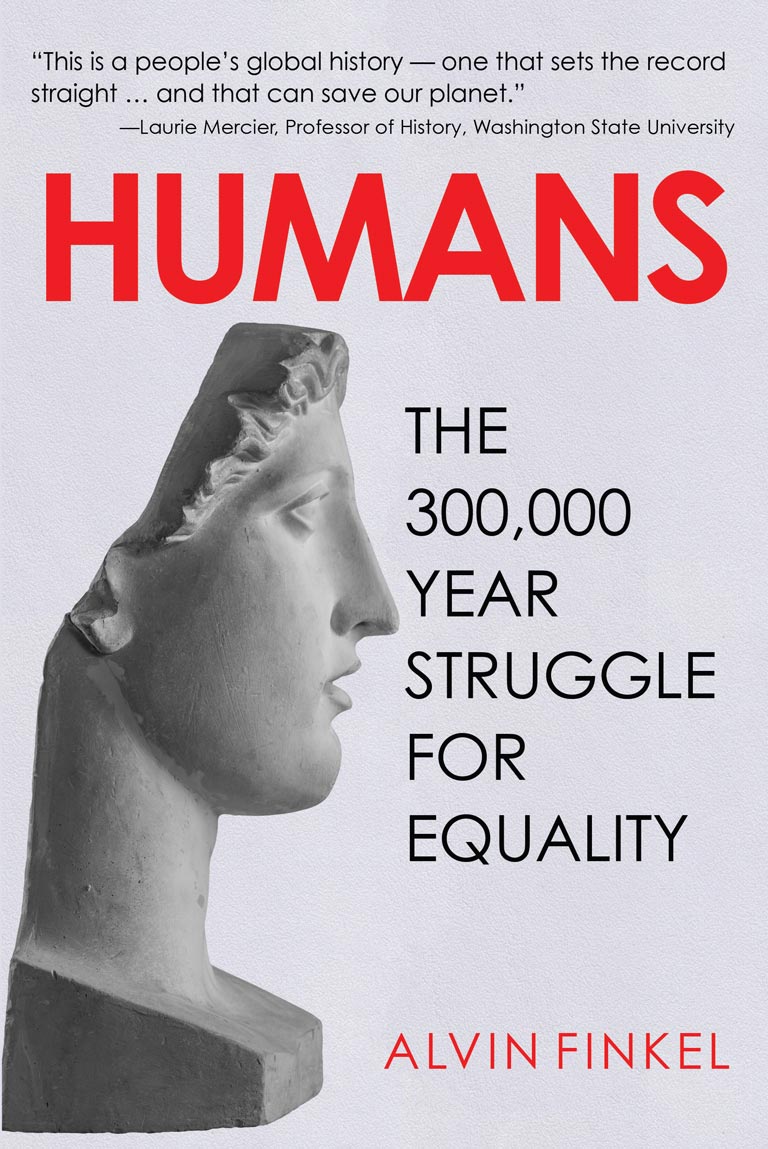
Humans
The 300,000-Year Struggle for Equality
by Alvin Finkel
In Humans, historian Alvin Finkel builds on the work of archaeologists, anthropologists, and historians to present the very long view of the history of the human species. From the first recorded communities in Mesopotamia to the COVID-19 pandemic, this book features the resistances, uprisings, struggles, and solidarities of the majority against those seeking to dominate. The result is a fresh and challenging interpretation of the history of our species.
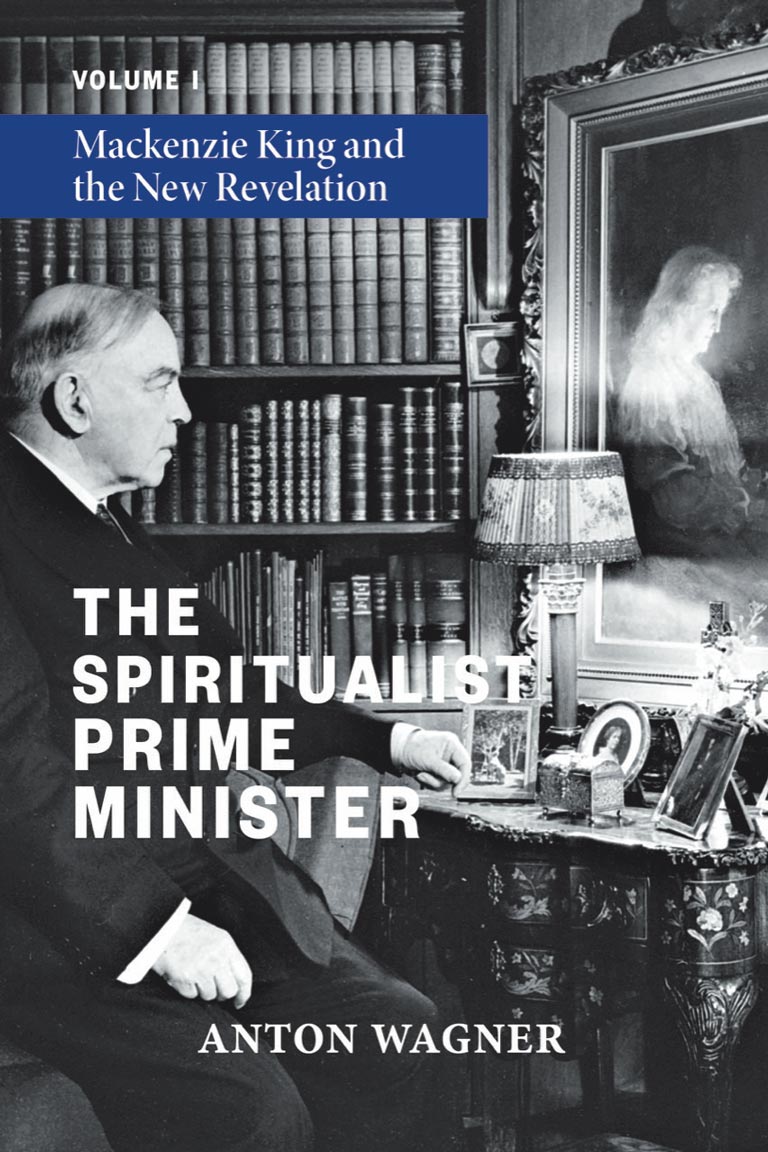
The Spiritualist Prime Minister Volume I
Mackenzie King and the New Revelation
by Anton Wagner
The Spiritualist Prime Minister presents former Canadian Prime Minister William Lyon Mackenzie King's quest for spirit communication within the historical and cultural context of British, Canadian, and American Spiritualism. The first volume contrasts the rapid growth of Spiritualism in the United Kingdom with King’s turn towards Spiritualism following the death of his mother in 1917 and demonstrates the very significant influence of British Spiritualism on a Canadian prime minister.
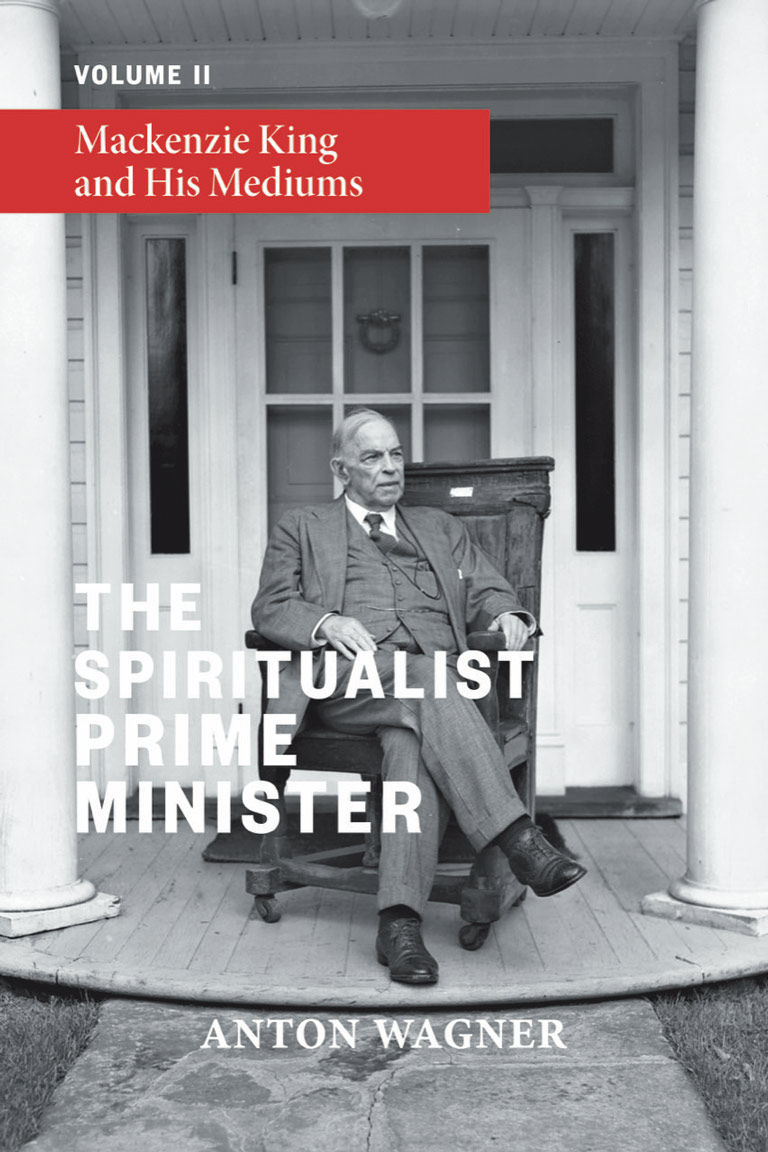
The Spiritualist Prime Minister Volume II
Mackenzie King and His Mediums
by Anton Wagner
The two volumes of The Spiritualist Prime Minister draw readers into the mystery of Mackenzie King and show how he communicated with the spirit world. The second volume examines how prominent mediums in Canada, New York, and London influenced King before, during, and after the Second World War. Including transcripts of seven of the prime minister’s séances, the biography follows King’s search for means to communicate with the divine and to become a servant of God so that the material world could be transformed into the Kingdom of God on earth.
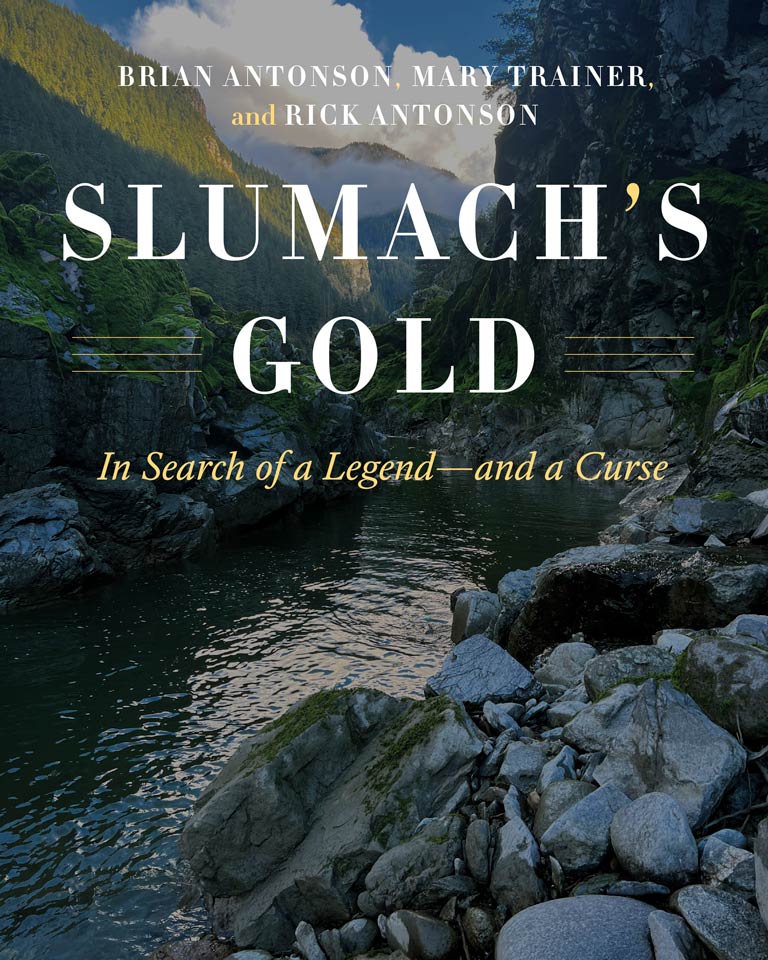
Slumach’s Gold
In Search of a Legend — and a Curse
by Brian Antonson, Mary Trainer, and Rick Antonson
Slumach’s Gold chronicles Canada’s most enduring lost-mine mystery in a fascinating new edition that sifts through history and myth, separating fact from fiction. For more than 130 years, a secret, cursed cache of gold has supposedly been buried near Pitt Lake in southwestern B.C. Knowledge of its exact whereabouts died with Slumach, a Katzie Nation man executed for murder in 1891. No one has succeeded in locating the legendary gold. Or have they?
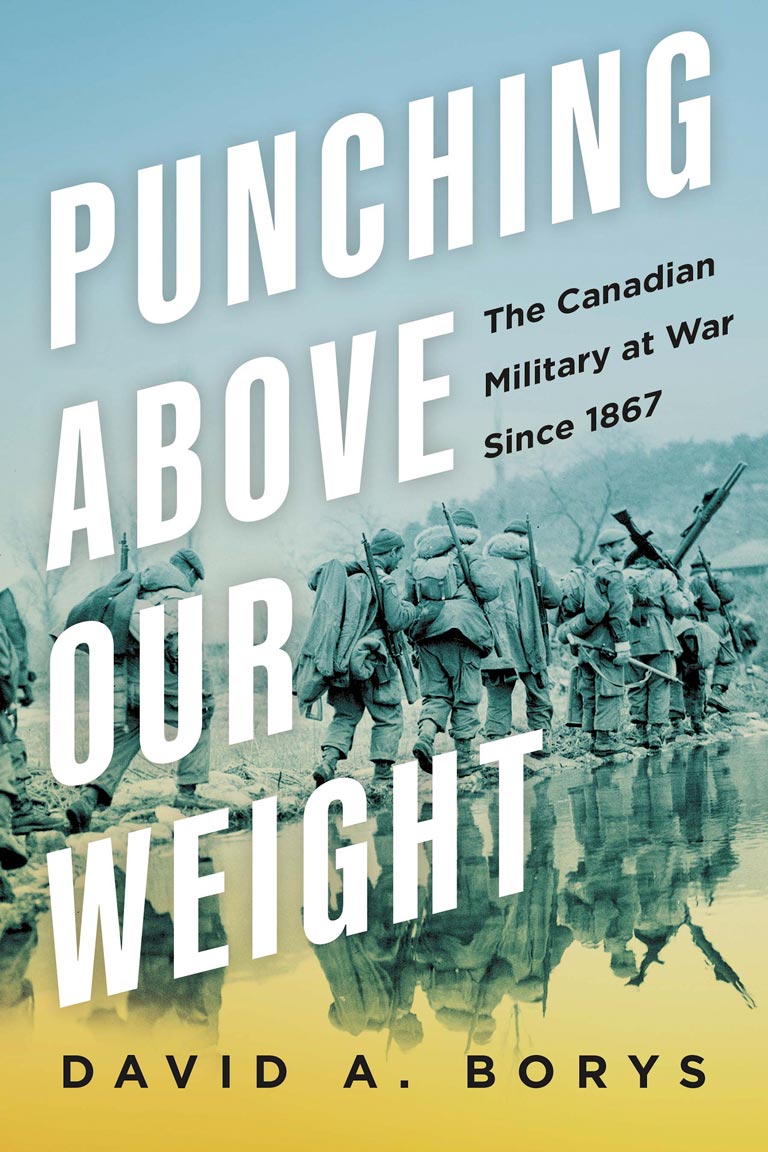
Punching Above Our Weight
The Canadian Military at War Since 1867
by David A. Borys
In this sweeping review of Canada’s armed forces — from the Red River Resistance and the Boer War to modern peacekeeping and the long war in Afghanistan — military historian David Borys highlights the key battles, decisive moments, and significant people that came to define Canada’s military and helped to cement its global reputation.

The Knowing
by Tanya Talaga
In The Knowing, award-winning and bestselling Anishinaabe author Tanya Talaga retells the history of this country as only she can — through an Indigenous lens, beginning with the life of her great-great-grandmother Annie Carpenter and her family as they experienced decades of government- and Church-sanctioned enfranchisement and genocide. Deeply personal and meticulously researched, The Knowing unravels the centuries-long oppression of Indigenous People that continues to reverberate in these communities today.
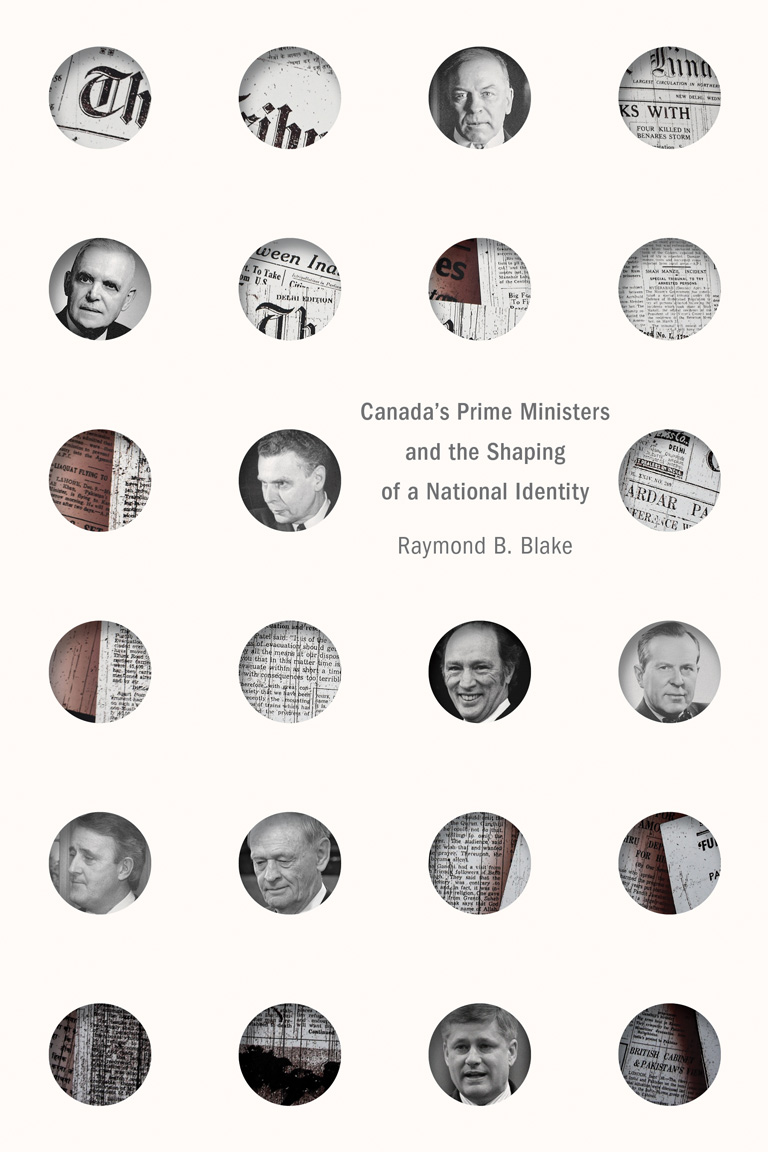
Canada’s Prime Ministers and the Shaping of a National Identity
by Raymond B. Blake
Since Confederation, Canadian prime ministers have consciously constructed the national story. Each created shared narratives, formulating and reformulating a series of unifying national ideas that served to keep this geographically large, ethnically diverse, and regionalized nation together. This book is about those narratives and stories.
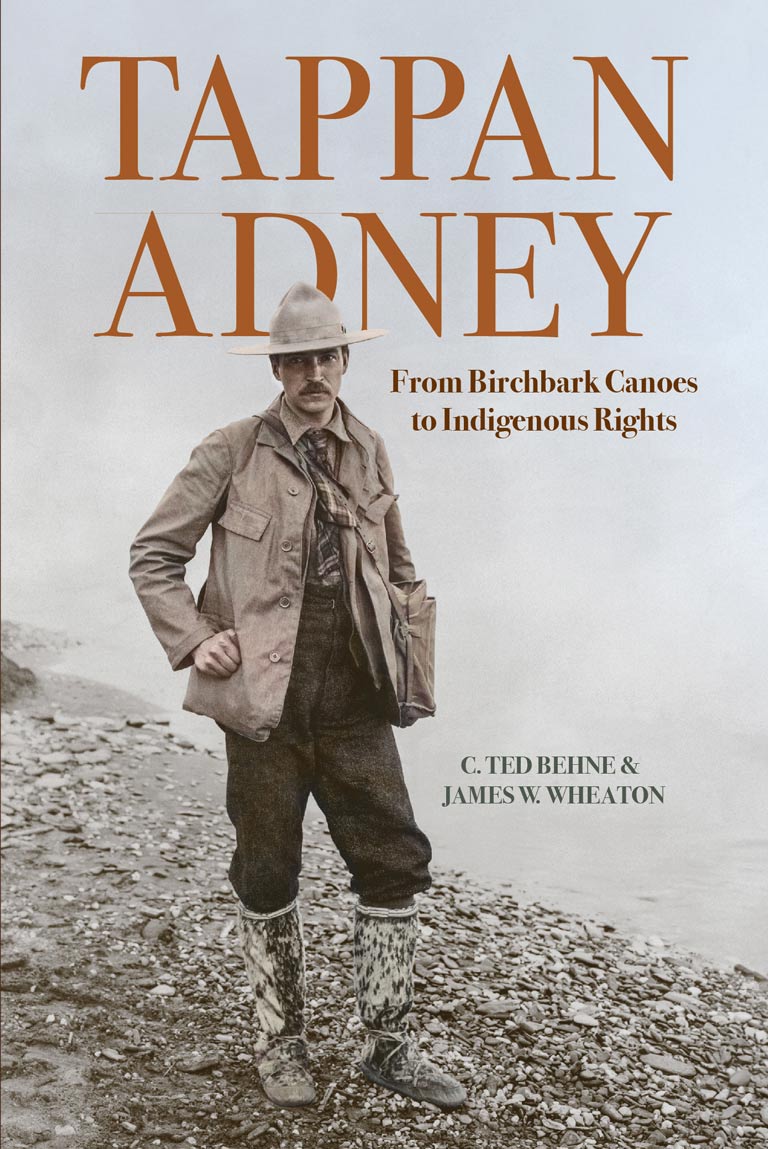
Tappan Adney
From Birchbark Canoes to Indigenous Rights
by C. Ted Behne & James Wheaton
An essential and utterly fascinating biography of the remarkable life of Tappan Adney, a true polymath whose multifaceted legacy includes his documenting of the Klondike Gold Rush, Indigenous birchbark and skin canoe techniques, and Wəlastəkwey history and culture.
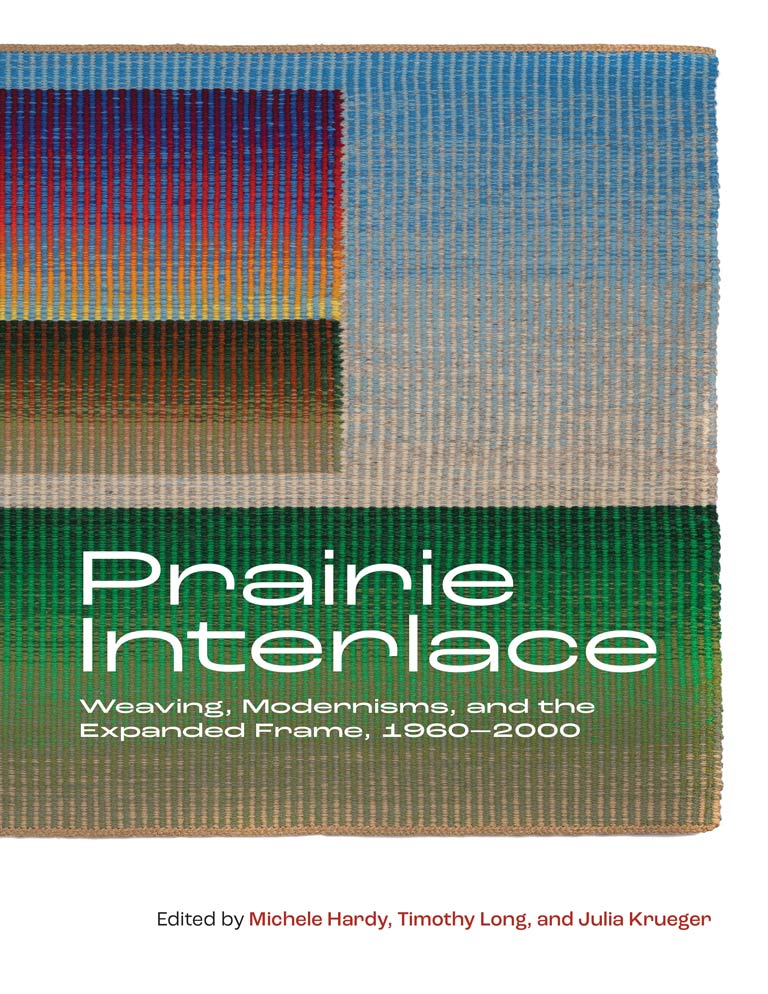
Prairie Interlace
Weaving, Modernisms, and the Expanded Frame, 1960–2000
edited by Michele Hardy, Timothy Long, and Julia Krueger
Textile artwork exploded across the Canadian Prairies in the second half of the twentieth century. Melding craft traditions with modern and modernist movements in art and theory, a diverse body of creators opened a beautiful new chapter in textile art. Yet, until now, their story has gone untold. Prairie Interlace brings together some of the most important scholars of art and craft in Canada to recapture this vibrant chapter in prairie art.
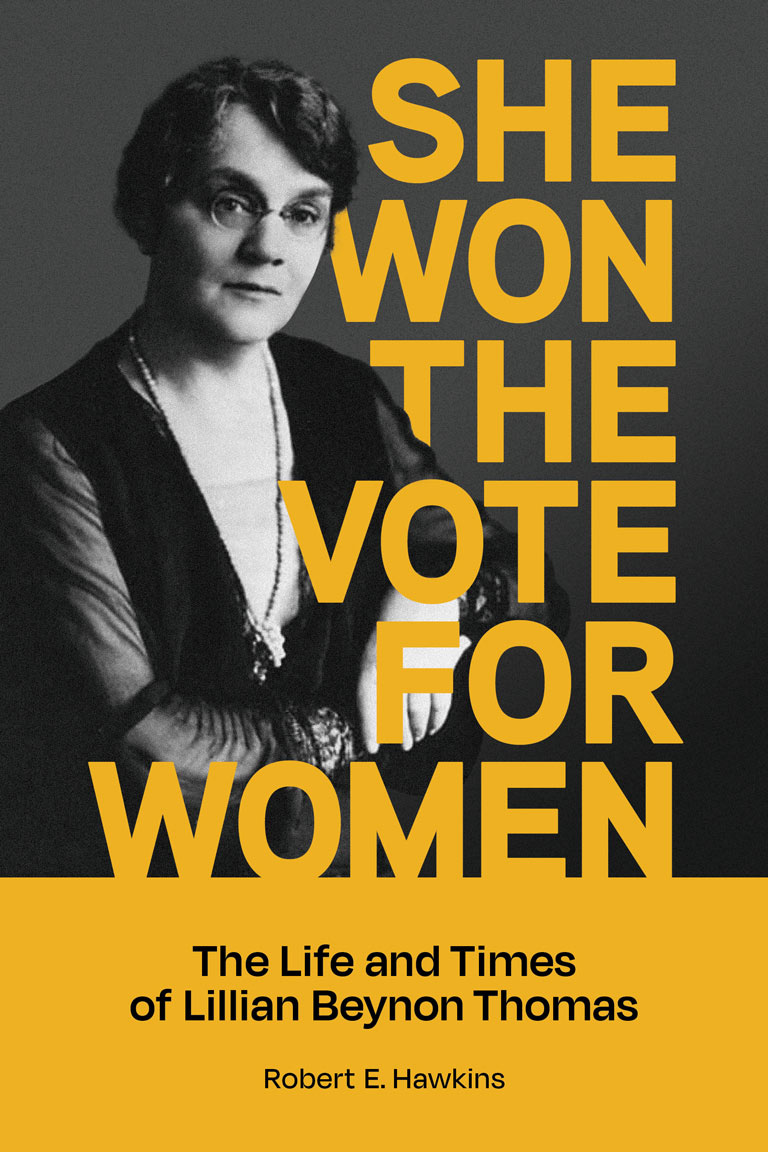
She Won the Vote for Women
The Life and Times of Lillian Beynon Thomas
by Robert E. Hawkins
Lillian Beynon Thomas’s suffragist campaign succeeded where all others had failed. This full-length biography fills an important gap in the history of the ‘votes for women’ movement, a campaign that saw Manitoba become the earliest federal or provincial Canadian jurisdiction to grant some women the franchise.
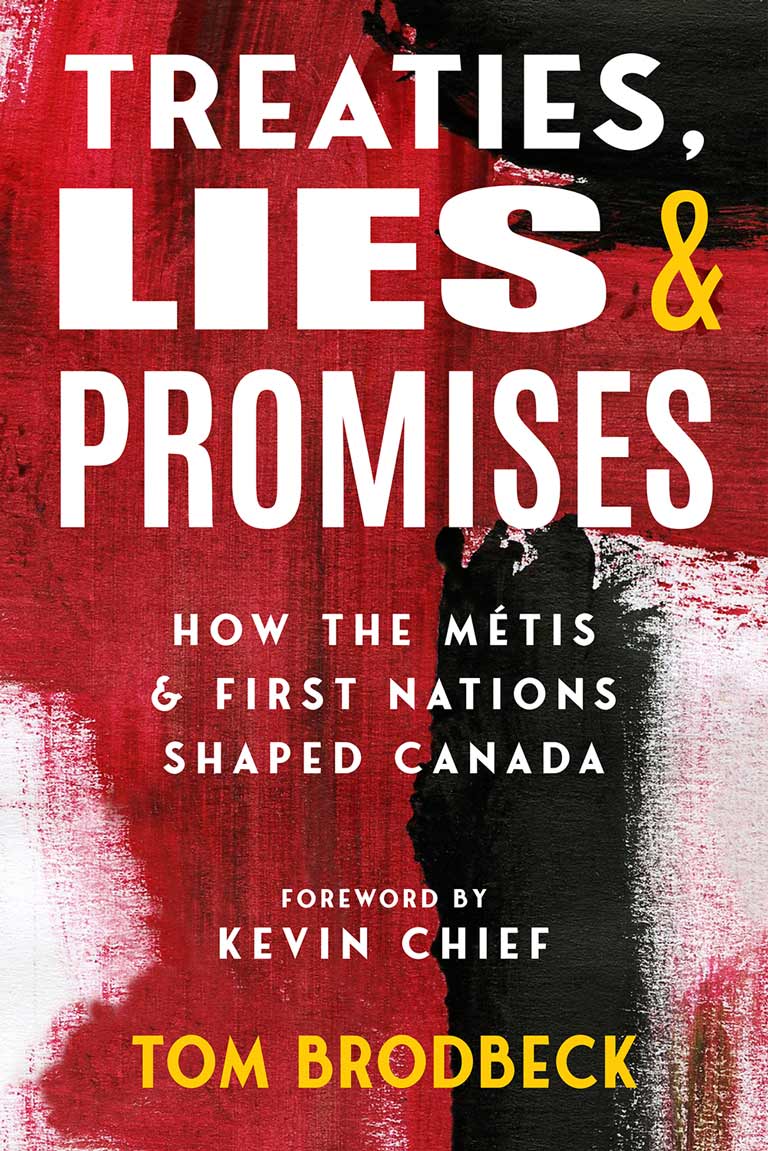
Treaties, Lies and Promises
How the Métis and First Nations Shaped Canada
by Tom Brodbeck
This riveting and essential account of the links between the Red River Resistance and the numbered treaties explores a largely unknown part of Canadian history.
“This book is a great gift to Manitobans and to all Canadians.” — Kevin Chief, member of Minegoziibe Anishinabe (Pine Creek) First Nation, Treaty 4; co-founder of the Winnipeg Aboriginal Sport Achievement Centre.

Canada’s Air Force
The Royal Canadian Air Force at 100
by David J. Bercuson
In Canada’s Air Force, historian David J. Bercuson shares the history of the first one hundred years of the Royal Canadian Air Force, from its inception in 1924 to its centennial in 2024. Drawing on memoirs, diaries, unpublished histories, archival sources, interview transcripts, and standard reference works, Bercuson traces the history of the RCAF as not only a fighting force but also a human institution.

Finding Molly Johnson
Irish Famine Orphans in Canada
by Mark G. McGowan
Finding Molly Johnson revisits an important chapter of the Irish emigrant experience, revealing that the story of Canada’s acceptance of the famine orphans is a product of national myth-making that obscures both the hardship the children endured and the agency they ultimately expressed. Mark McGowan traces what happened to these children.
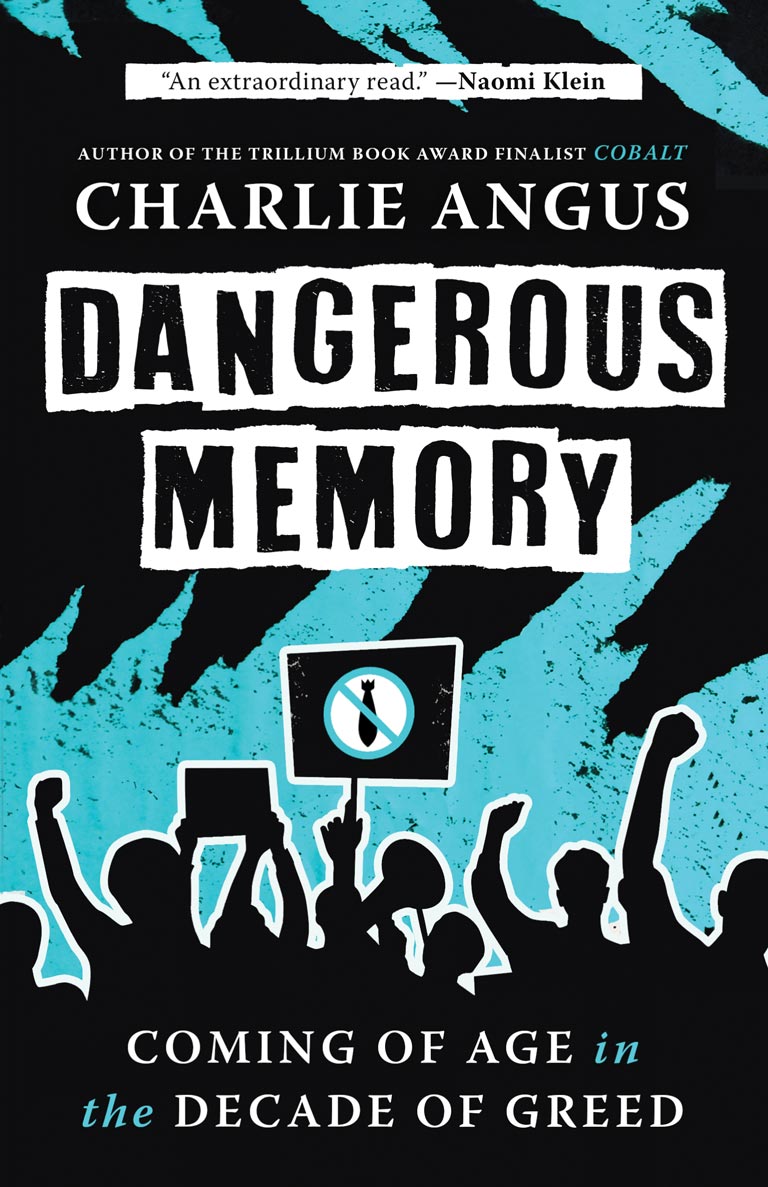
Dangerous Memory
Coming of Age in the Decade of Greed
by Charlie Angus
Renowned politician, author, and musician Charlie Angus undertakes a major rethink of the cultural and political shifts of the 1980s, an era that unleashed an unprecedented looting of the economy, the environment, and the common good that continues to haunt us today.
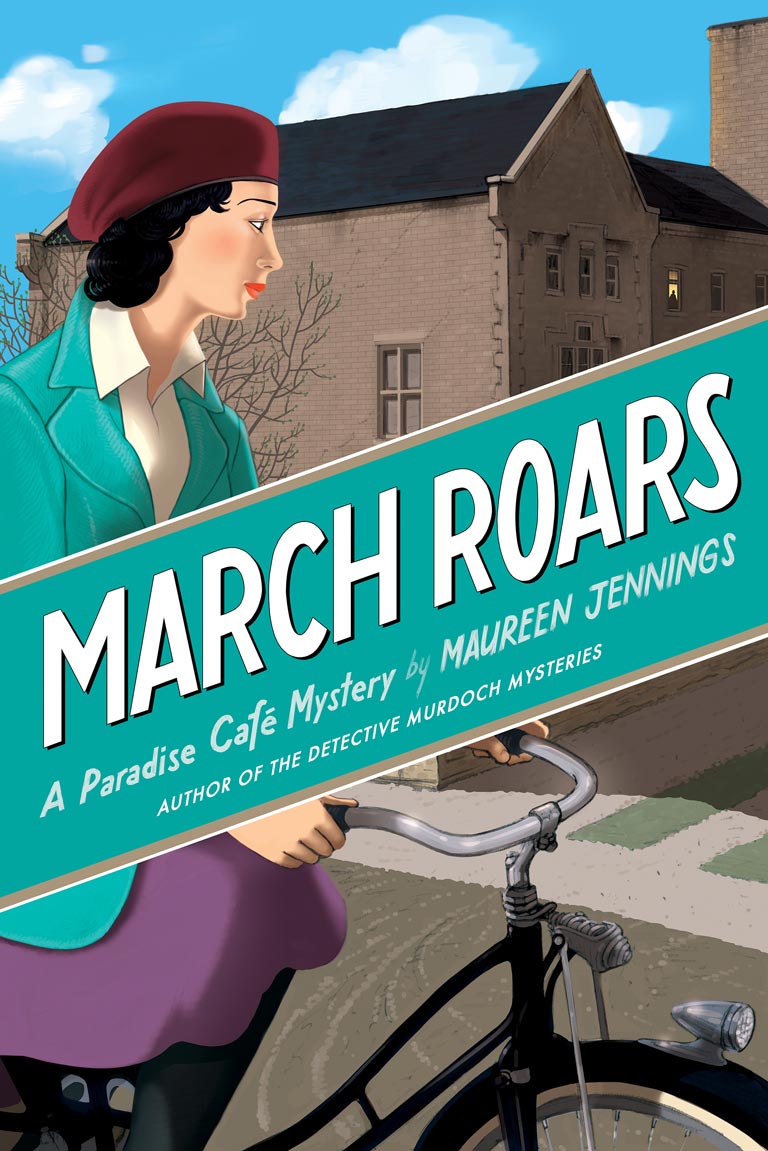
March Roars
A Mystery
by Maureen Jennings
The acclaimed author of the Murdoch Mysteries brings her usual attention to historical detail in this Paradise Café Mystery featuring PI Charlotte Frayne. “Jennings has made the jump from Victorian Toronto to the Depression era with ease and, once again, proves that Canadian history is far from dull.” — Globe and Mail

When Heroes Become Villains
Helmcken, Trutch, Bowser, and the Streets, Lakes, and Towns Named After Them
by Jon Bartlett and Brian Robertson
Reckoning, reconciliation, and reflection are changing our landscapes. In When Heroes Become Villains, Jon Bartlett and Brian Robertson bring home the “naming” controversy, telling the stories of three erstwhile heroes, and how our reconsideration of their roles in our collective story is unsettling our maps.
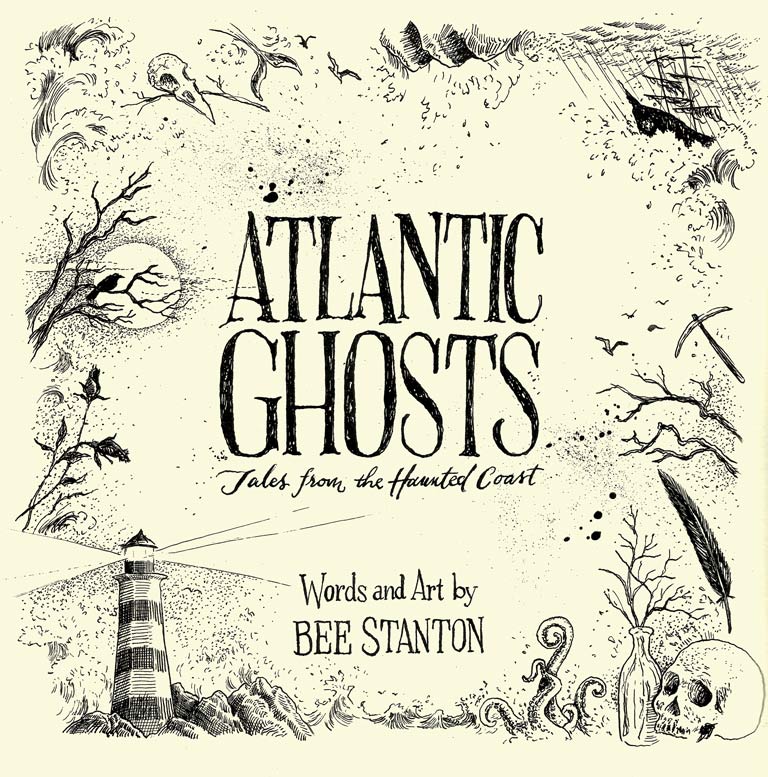
Atlantic Ghosts
Tales from the Haunted Coast
by Bee Stanton
Bee Stanton’s debut collection of short tales takes readers on a discovery journey of Atlantic Canada’s supernatural folklore, from ghost dogs to haunted lighthouses. With twenty-four original pen-and-ink drawings, this is a captivating keepsake of North Atlantic occult heritage.
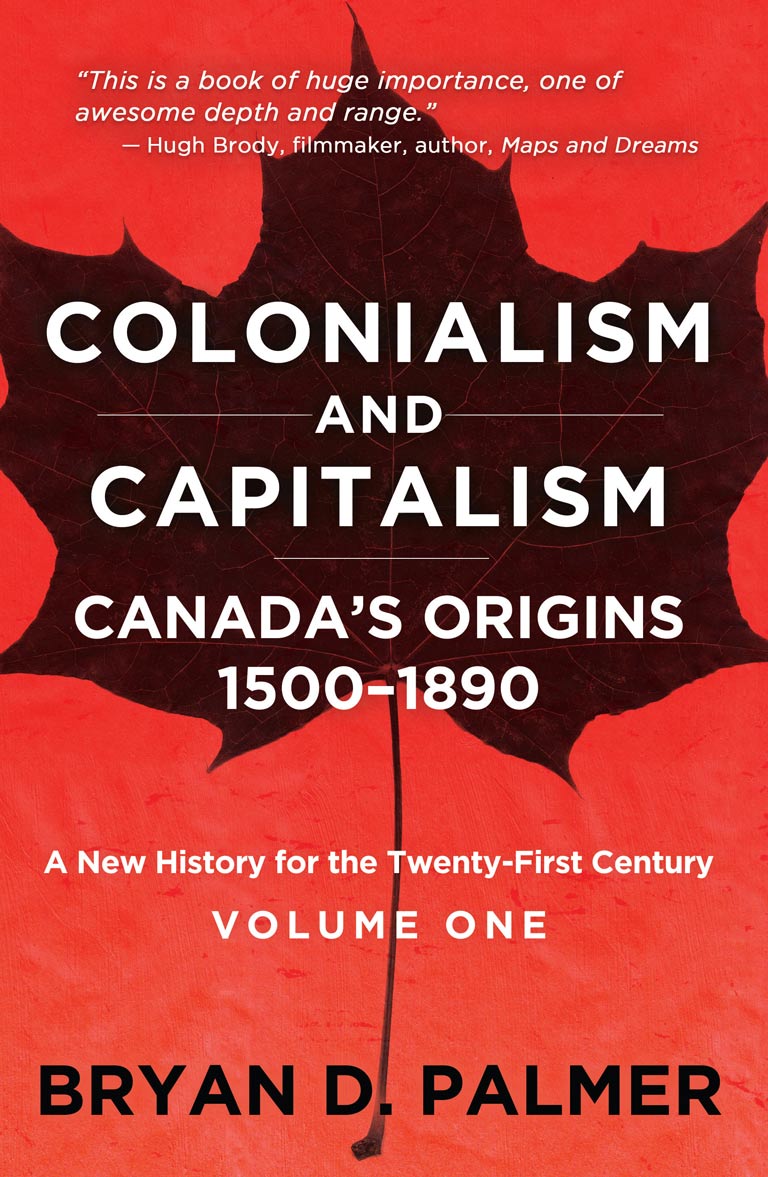
Capitalism and Colonialism: Canada’s Origins 1500–1890
A New History for the Twenty-First Century, Volume One
by Bryan D. Palmer
The first of two volumes of a major new history of Canada by a distinguished scholar. Bryan Palmer incorporates Indigenous history in his narrative and offers a new and challenging perspective on the period to 1890. For every reader of Canadian history!
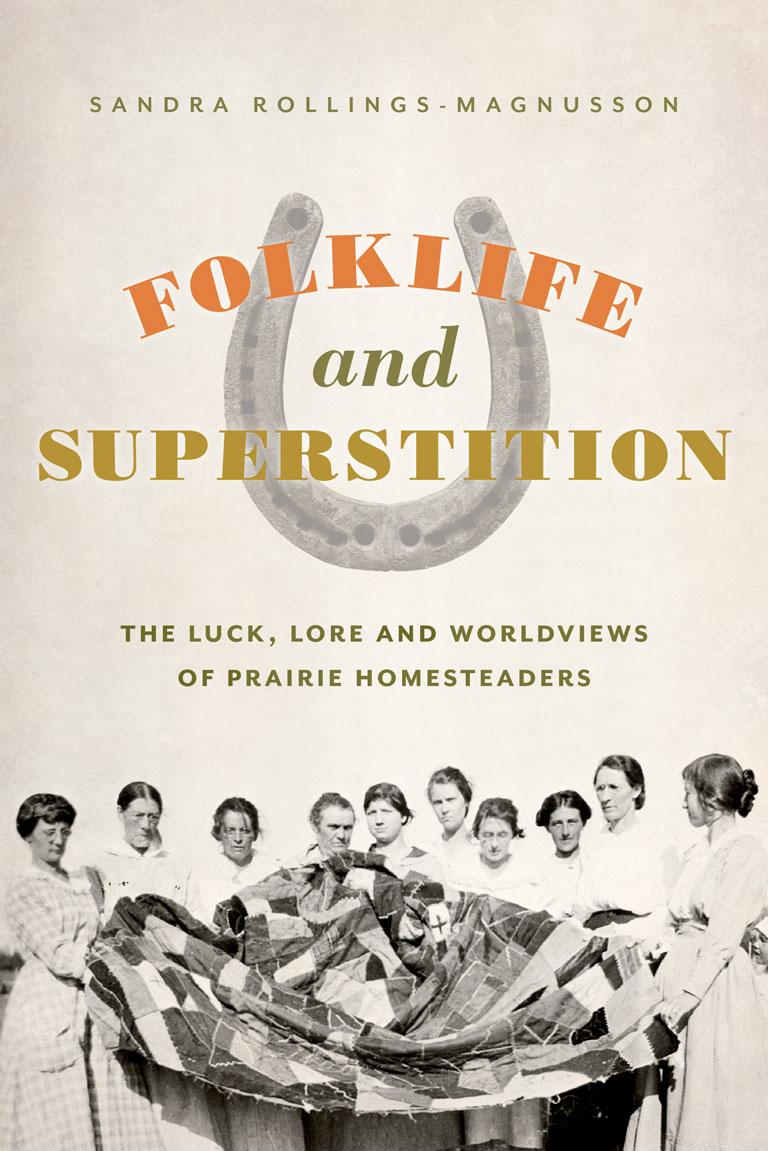
Folklife and Superstition
The Luck, Lore and Worldviews of Prairie Homesteaders
by Sandra Rollings-Magnusson
Folklife and Superstition is the captivating history of folk traditions, beliefs, and culturally diverse customs in the early homesteading era on the Canadian Prairies (1867–1914). Sandra Rollings-Magnusson chronicles this dynamic period of history, when hundreds of thousands of men, women, and children, migrating primarily from northwestern and eastern Europe, descended upon the nascent provinces of Alberta, Saskatchewan, and Manitoba. Some were lured by the promise of prosperity and land ownership, while others were fleeing war, famine, and persecution.
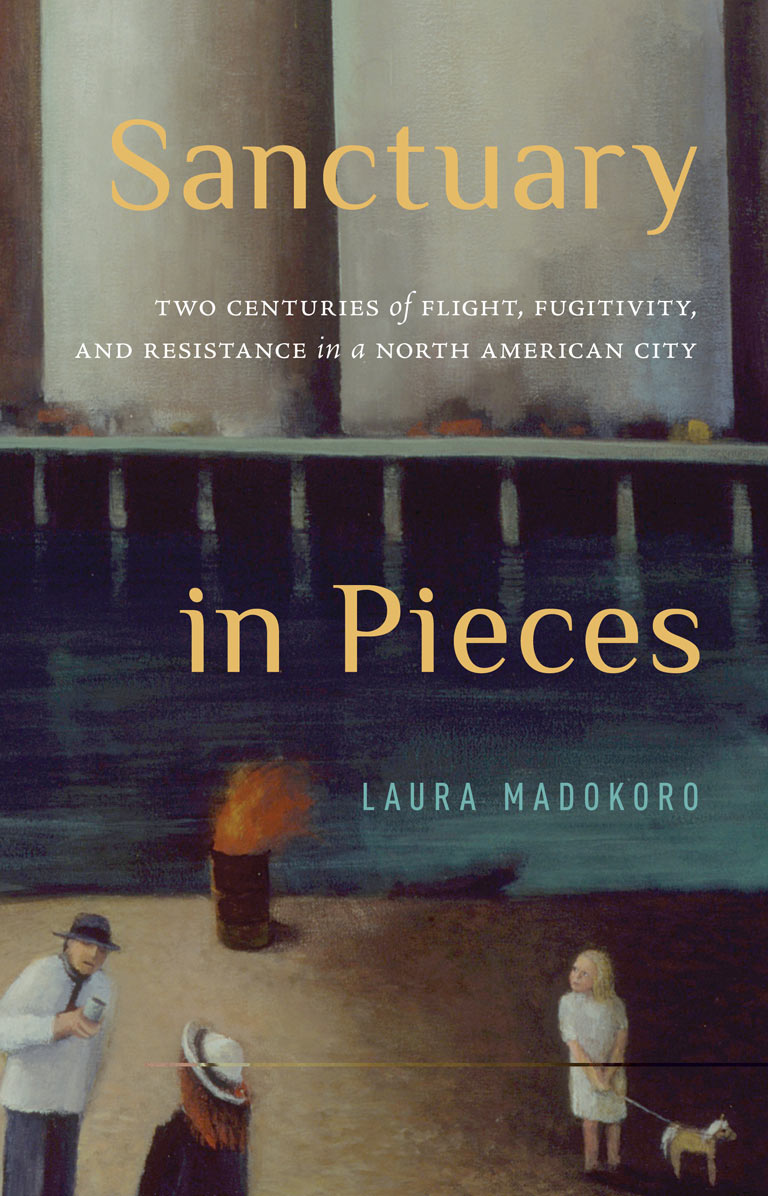
Sanctuary in Pieces
Two Centuries of Flight, Fugitivity, and Resistance in a North American City
by Laura Madokoro
Sanctuary in Pieces looks at the history of protection and hospitality in Montreal/ Mooniyaang/ Tiohtià:ke over two hundred years. Laura Madokoro traces the movements and experiences of fugitives from slavery, wanted criminals, internationally renowned anarchists, and war resisters before turning to instances of public sanctuary practices since the 1970s. Her book shows how protection, responsibility, and hospitality have animated the search for refuge and what this means for migrant justice today.
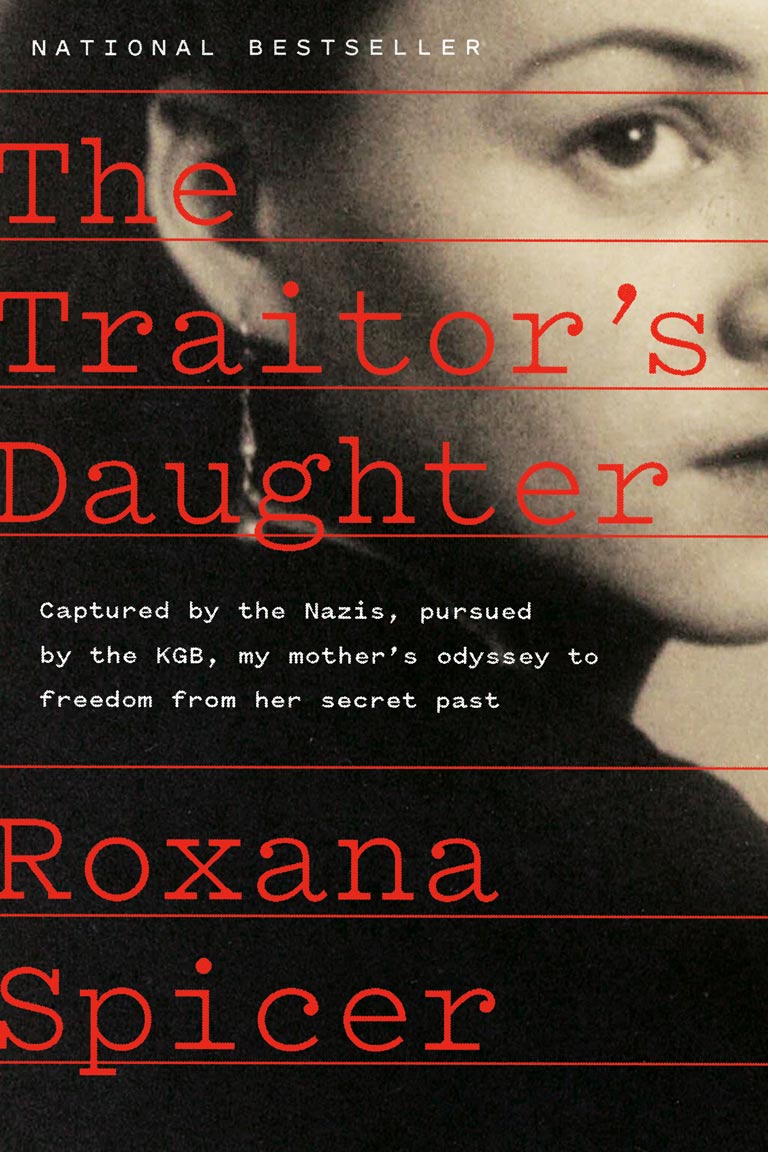
The Traitor’s Daughter
Captured by Nazis, Pursued by the KGB, My Mother's Odyssey to Freedom from Her Secret Past
by Roxana Spicer
A daughter's decades-long quest to understand her extraordinary mother who was born in Lenin's Soviet Union, served as a combat soldier in the Red Army, and endured three years of Nazi captivity — but never revealed her darkest secrets. Intimate and exhaustively researched, The Traitor’s Daughter is a true labour of love and a triumphant of blend of personal biography and sweeping history by journalist and documentarian Roxana Spicer.

Dream Car
Malcolm Bricklin’s Fantastic SV1 and the End of Industrial Modernity
by Dimitry Anastakis
Dream Car tells the story of entrepreneur Malcolm Bricklin’s fantastical 1970s-era Safety Vehicle-1 (SV1), audaciously launched during a tumultuous breakpoint in postwar history. The tale of the sexy-yet-safe SV1 reveals the influence of automobiles on ideas about the future, technology, entrepreneurship, risk, safety, showmanship, politics, sex, gender, business, and the state, as well as the history of the auto industry’s birth, decline, and rebirth.
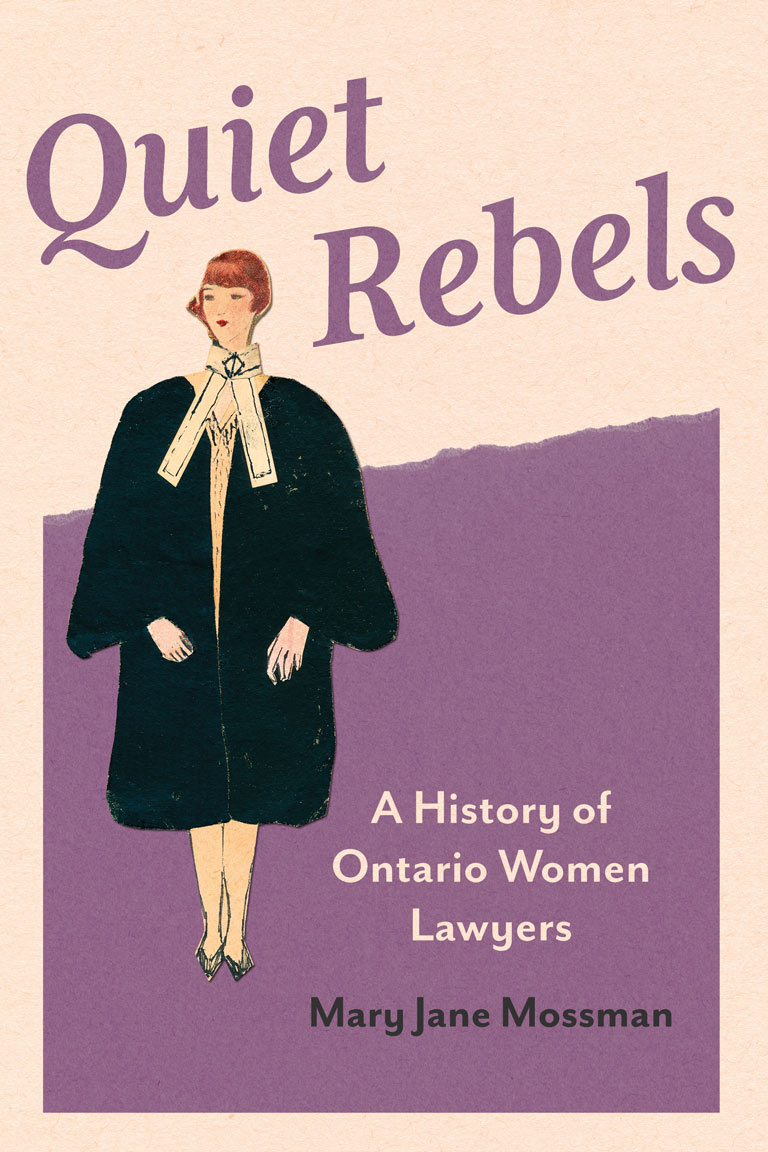
Quiet Rebels
A History of Ontario Women Lawyers
by Mary Jane Mossman
Mary Jane Mossman tells the stories of all 187 Ontario women lawyers called to the bar from 1897 to 1957, revealing the legal profession’s gendered patterns. Comprising a small handful of students — or even a single student — at the Law School, women were often ignored, and they faced discrimination in obtaining articling positions and legal employment. Most were Protestant, white, and middle-class, and a minority of Jewish, Catholic, Black, and immigrant women lawyers faced even greater challenges.
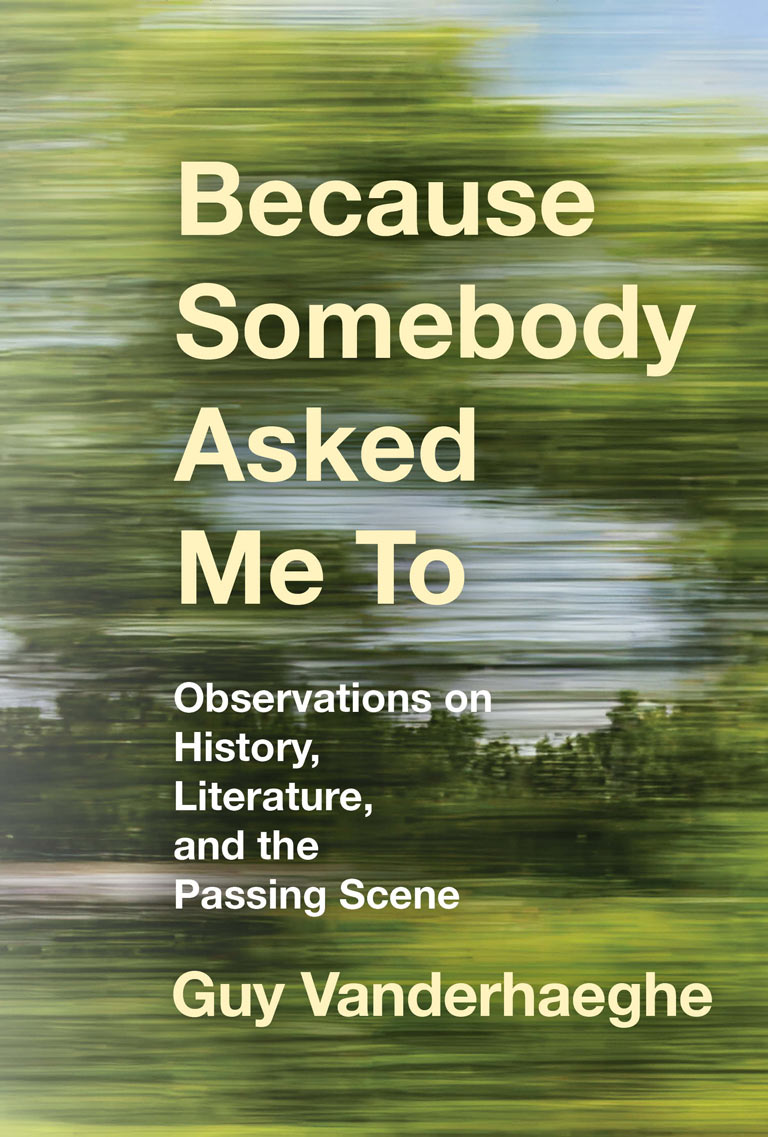
Because Somebody Asked Me To
Observations on History, Literature, and the Passing Scene
by Guy Vanderhaeghe
Eclectic and characteristically insightful, this nonfiction collection is a retrospective on an iconic literary career from a celebrated writer — and the dramatic changes the industry has undergone since he first started.
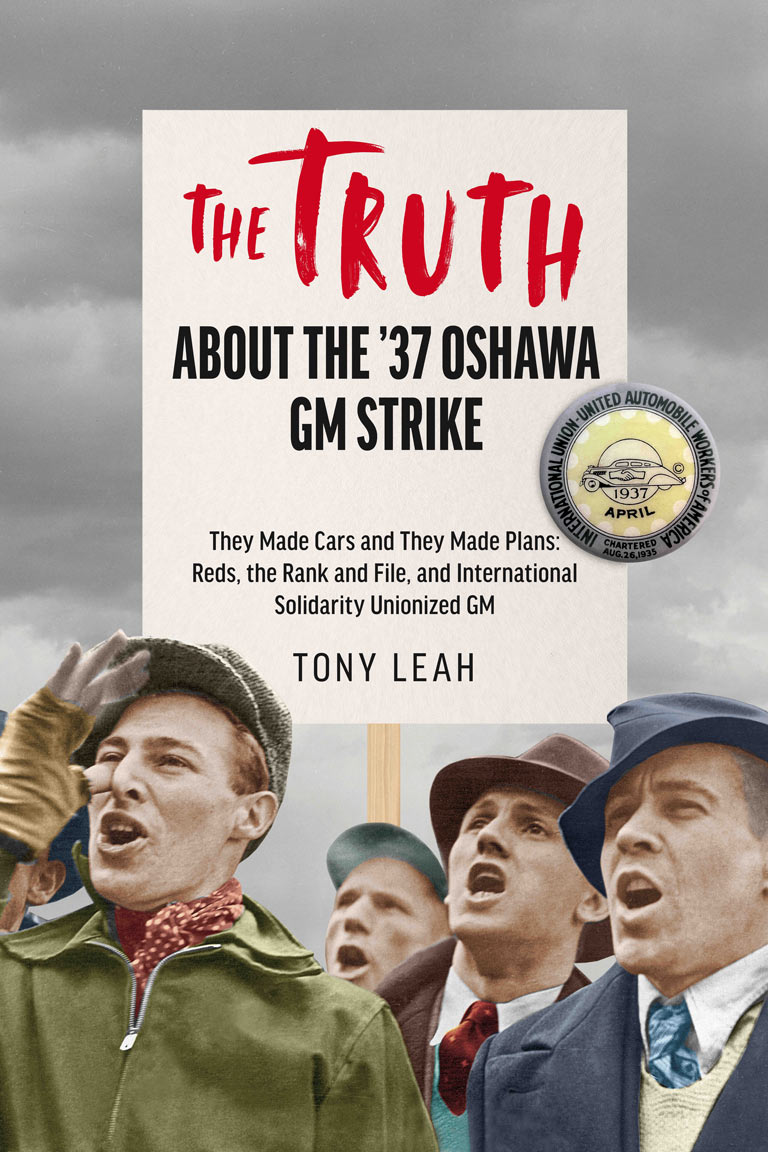
The Truth About the ’37 Oshawa GM Strike
They Made Cars and They Made Plans: Reds, the Rank and File, and International Solidarity Unionized GM.
by Tony Leah
“It’s clear, it’s thorough. It reads almost like a novel.” — Wayne Lewchuk, Professor Emeritus, McMaster University School of Labour Studies
Tony Leah debunks the widely-accepted — but false — narrative espoused primarily by Irving Abella.
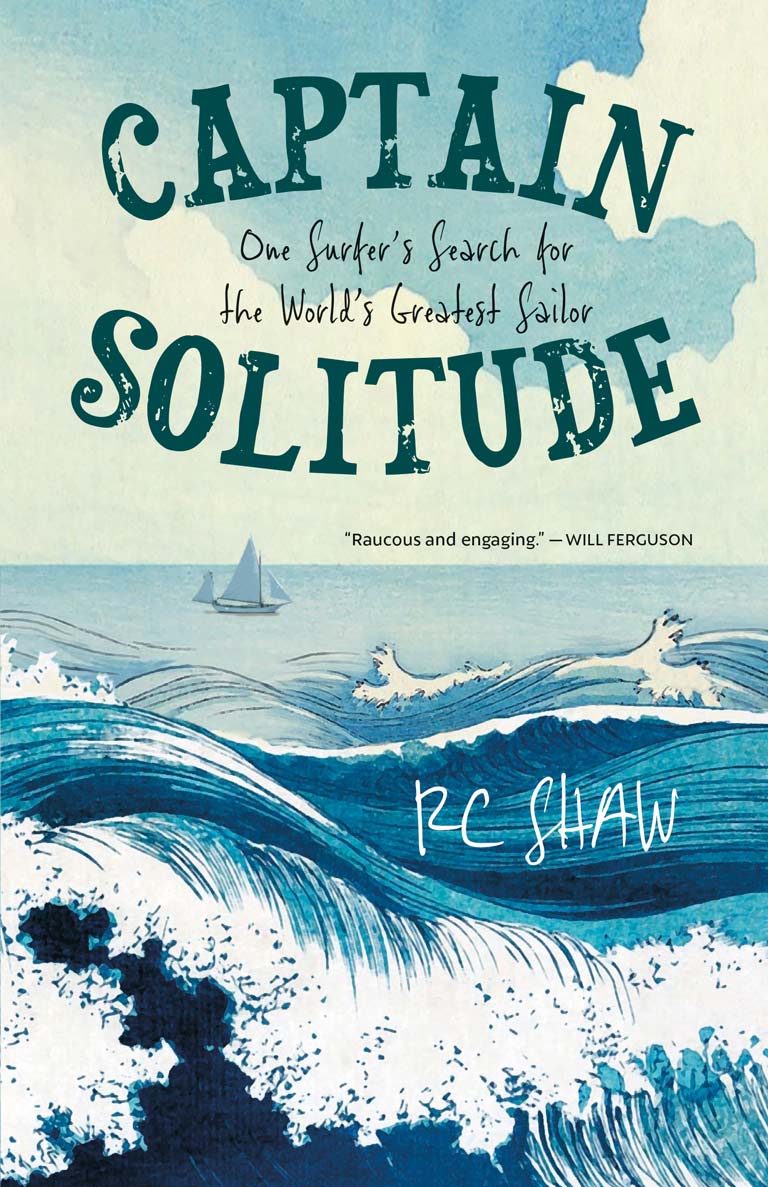
Captain Solitude
One Surfer’s Search for the World’s Greatest Sailor
by RC Shaw
Part travelogue, part ghost hunt, Shaw’s uproarious adventure will take you by bike, surfboard, and surprise as he cycles across Nova Scotia in search of the first man to sail alone around the globe. The quintessential Maritime book.
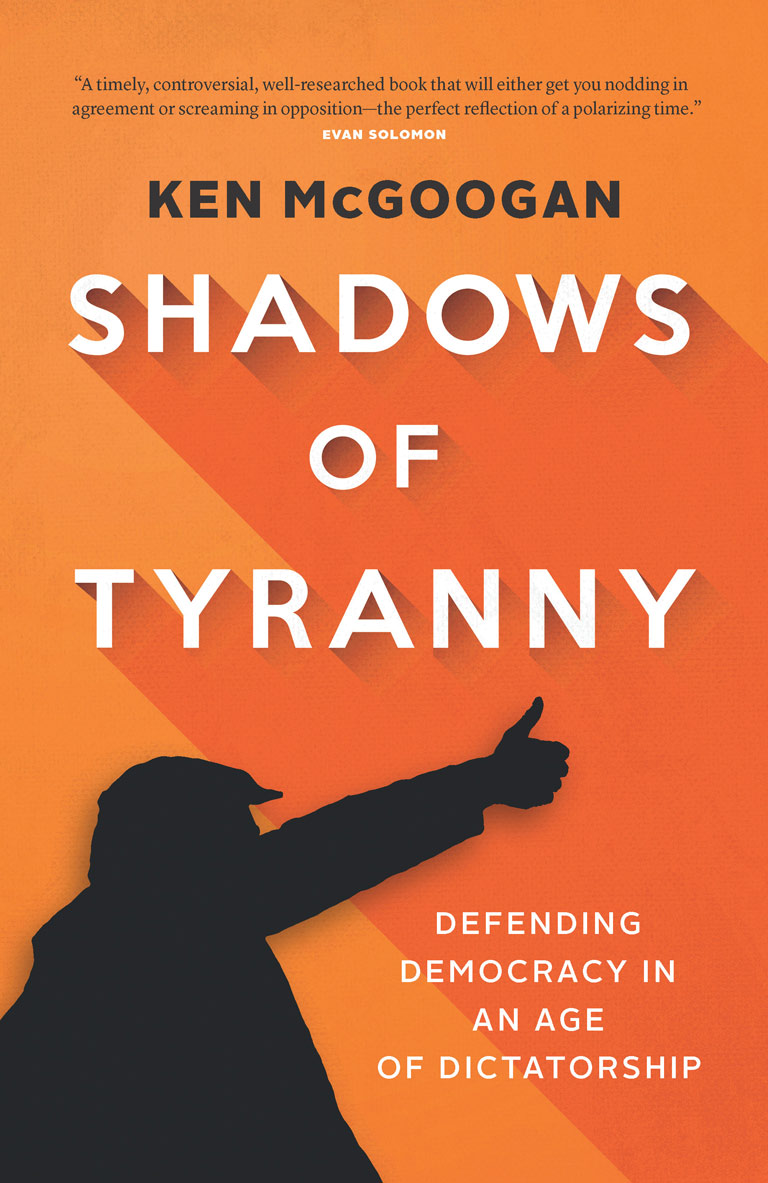
Shadows of Tyranny
Defending Democracy in an Age of Dictatorship
by Ken McGoogan
Bestselling historian and author Ken McGoogan delves into dictatorships of the twentieth century to sound this crucial alarm about the erosion of democracy in the U.S. and what it means for Canada. He presents a galvanizing image of a dark possible future and issues an urgent call to action.
“McGoogan is a master history teller, and … this may be his most important work…. Shadows of Tyranny is a detailed warning we should not and must not ignore.” — Peter Mansbridge
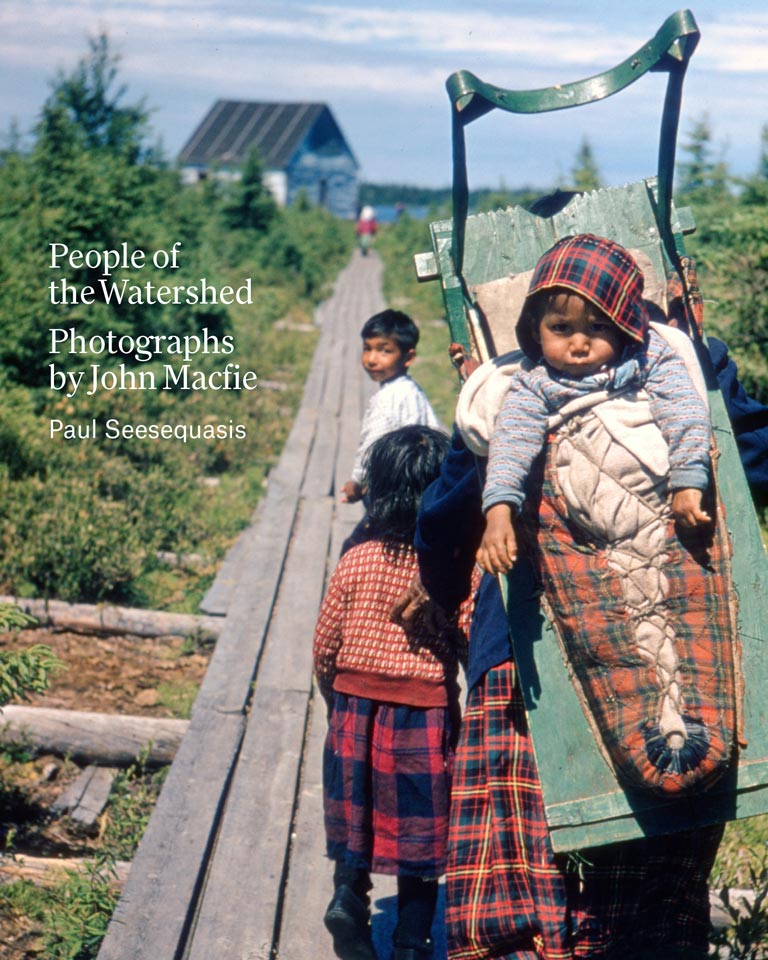
People of the Watershed
Photographs by John Macfie
by Paul Seesequasis
While working as a trapline manager in Northern Ontario in the 1950s and 1960s, John Macfie photographed daily life in the region’s Anishinaabe, Cree, and Anisininew communities. Journalist Paul Seesequasis’s curation of these vivid archival images centres the stories of the people depicted and their resilience during a time of tremendous change.
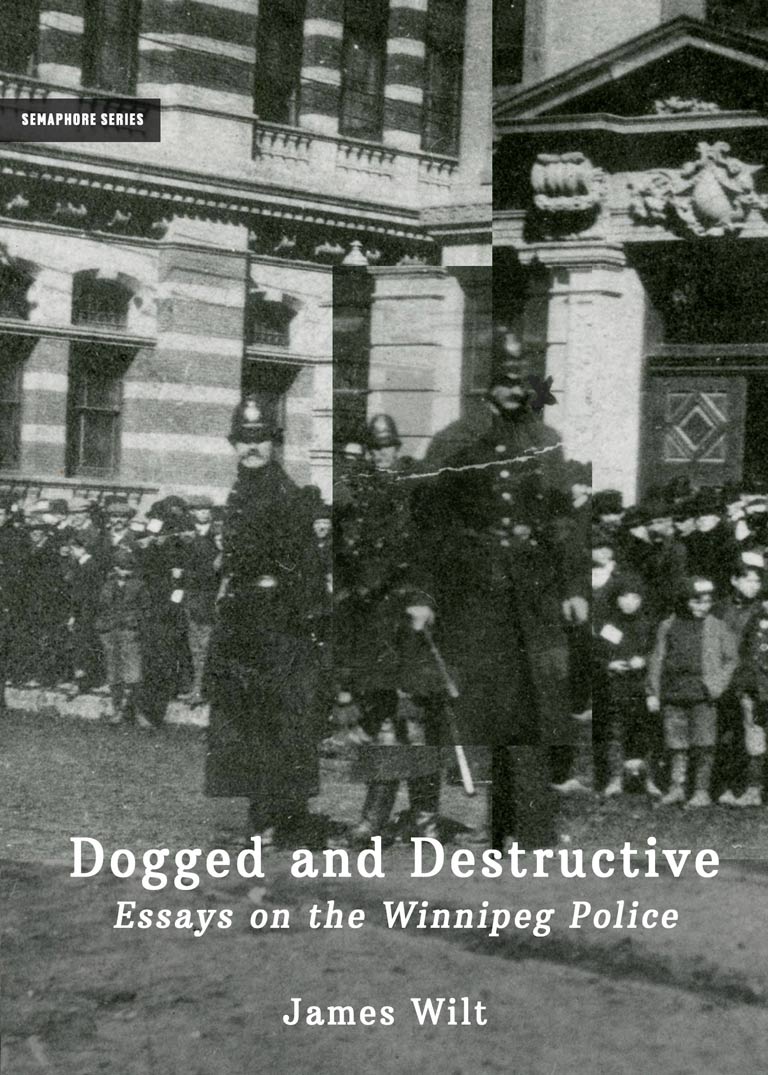
Dogged and Destructive
Essays on the Winnipeg Police
by James Wilt
Published on the sesquicentennial of Winnipeg and its police force, Dogged and Destructive is a short collection of critical and deeply researched essays about the history, violence, and costs of the Winnipeg Police Service (WPS). It argues that policing in Winnipeg should be studied and understood regardless of where one lives due to the city’s particular dynamics of settler-colonialism, enormous police budgets, and concerns about violence.
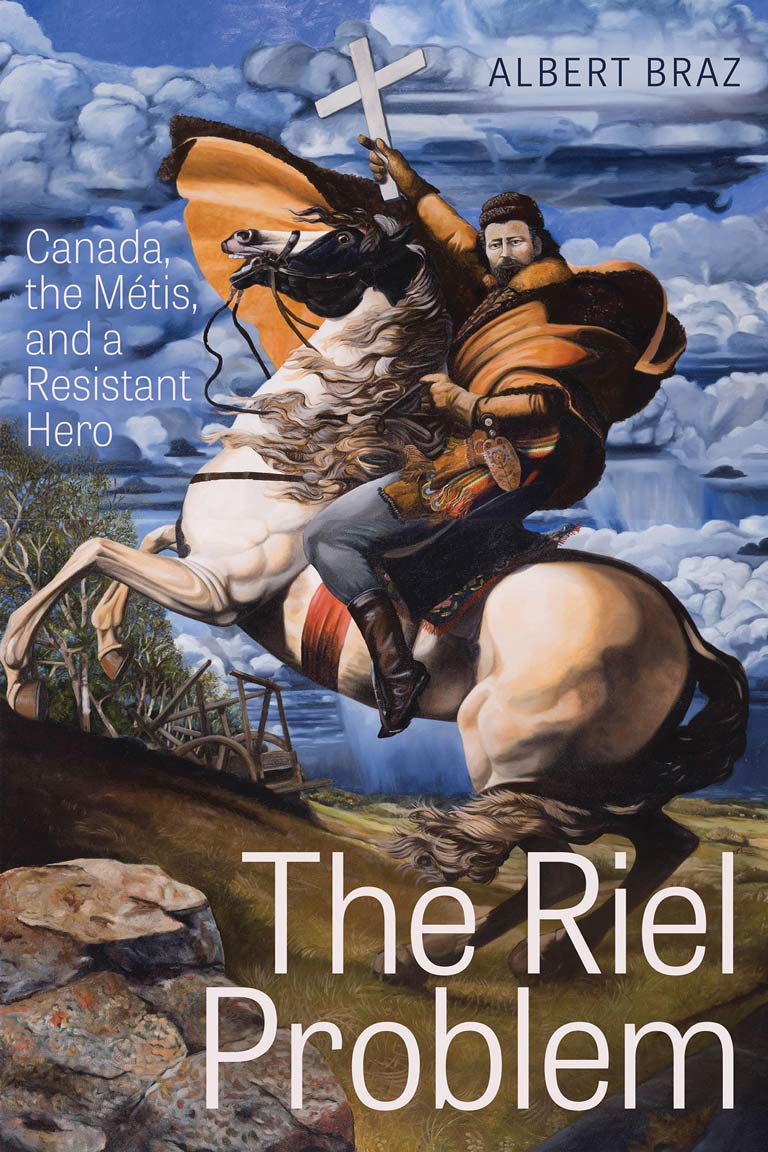
The Riel Problem
Canada, the Métis, and a Resistant Hero
by Albert Braz
Tracing Louis Riel’s metamorphosis from traitor to hero, Braz examines how Riel has been commemorated since 1967. Braz also probes how aspects of Riel’s life and writing — resisting his portrayal as both a Canadian patriot and a pan-Indigenous leader — can be problematic for many Métis artists, scholars, and civic leaders.

Beaver necktie
Beautiful woven all-silk necktie — burgundy with small silver beaver images throughout. Also available as a bowtie. Made exclusively for Canada’s History.
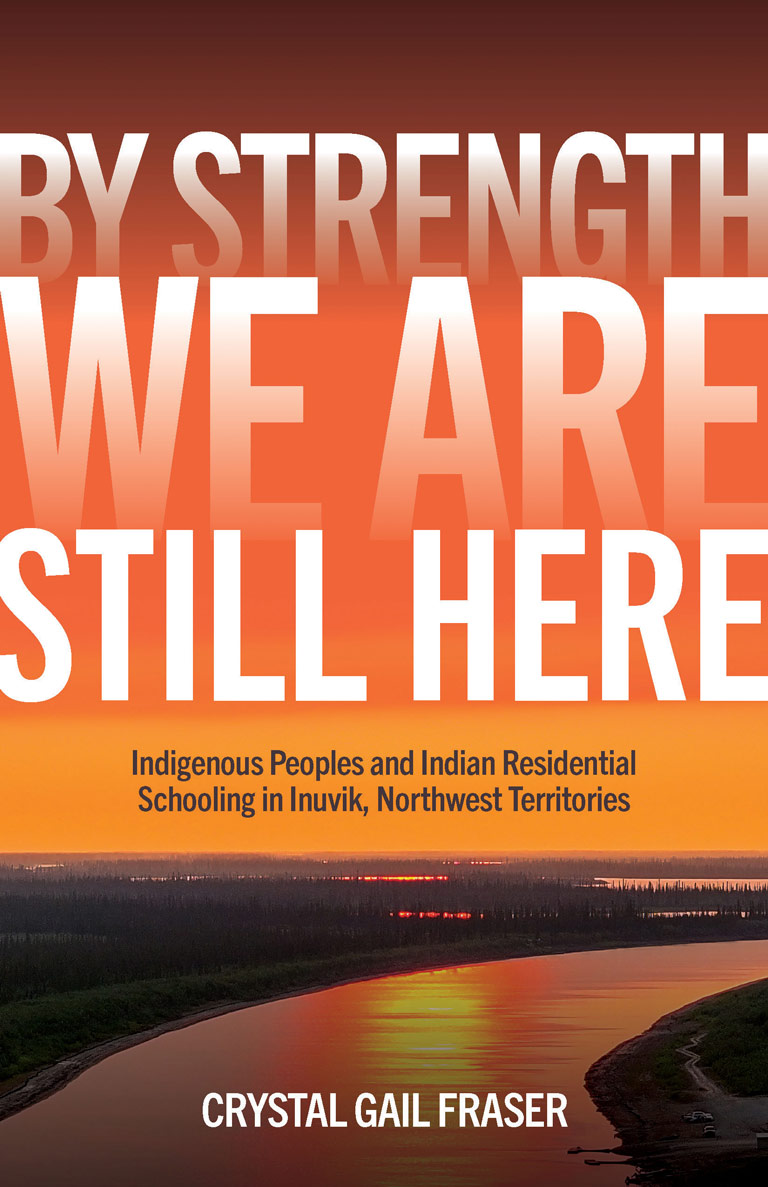
By Strength We Are Still Here
Indigenous Peoples and Indian Residential Schooling in Inuvik, Northwest Territories
by Crystal Gail Fraser
In this ground-breaking book, Crystal Gail Fraser draws on Dinjii Zhuh (Gwich'in) concepts of individual and collective strength to illuminate student experiences in northern residential schools, revealing the many ways Indigenous communities resisted the institutionalization of their children.
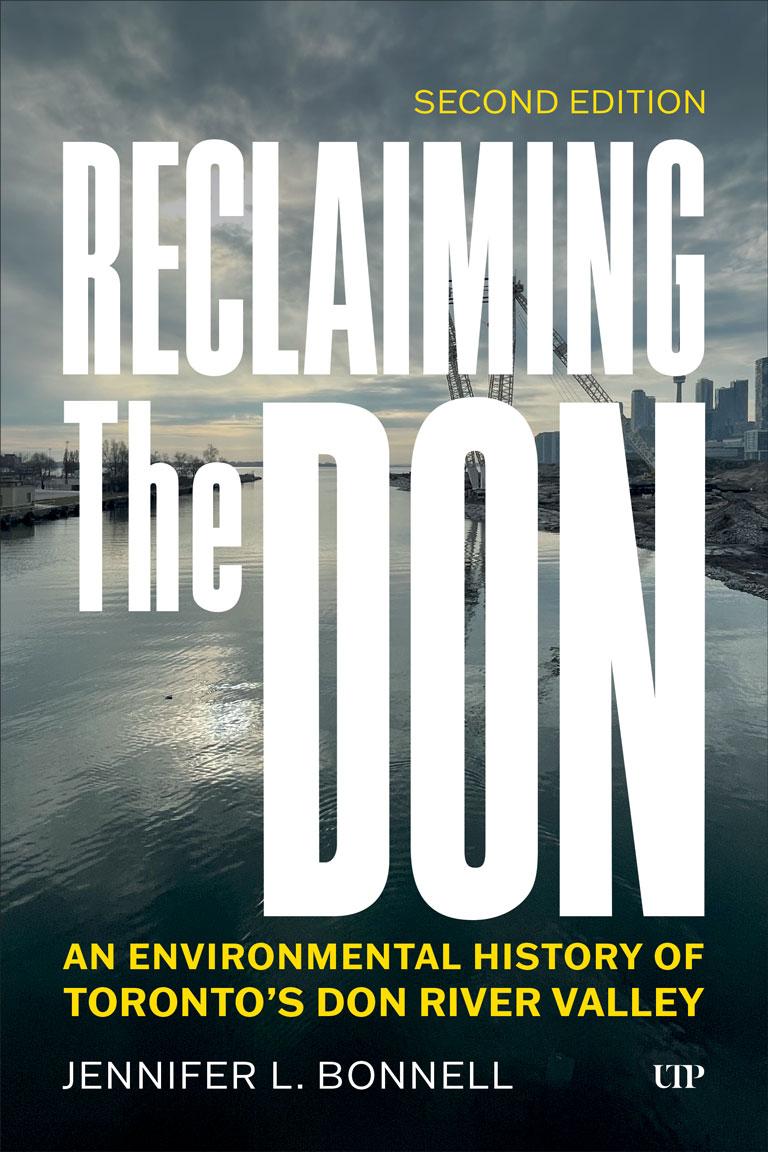
Reclaiming the Don
An Environmental History of Toronto’s Don River Valley, Second Edition
by Jennifer L. Bonnell
Reclaiming the Don unearths the missing story of the relationship between river, valley, and city from the establishment of the town of York in the 1790s to the construction of the Don Valley Parkway in the 1960s. Bonnell explores the interrelationship between urban residents and their natural environments and shows how successive generations of Toronto residents have imagined the Don as an opportunity, a refuge, and an eyesore.
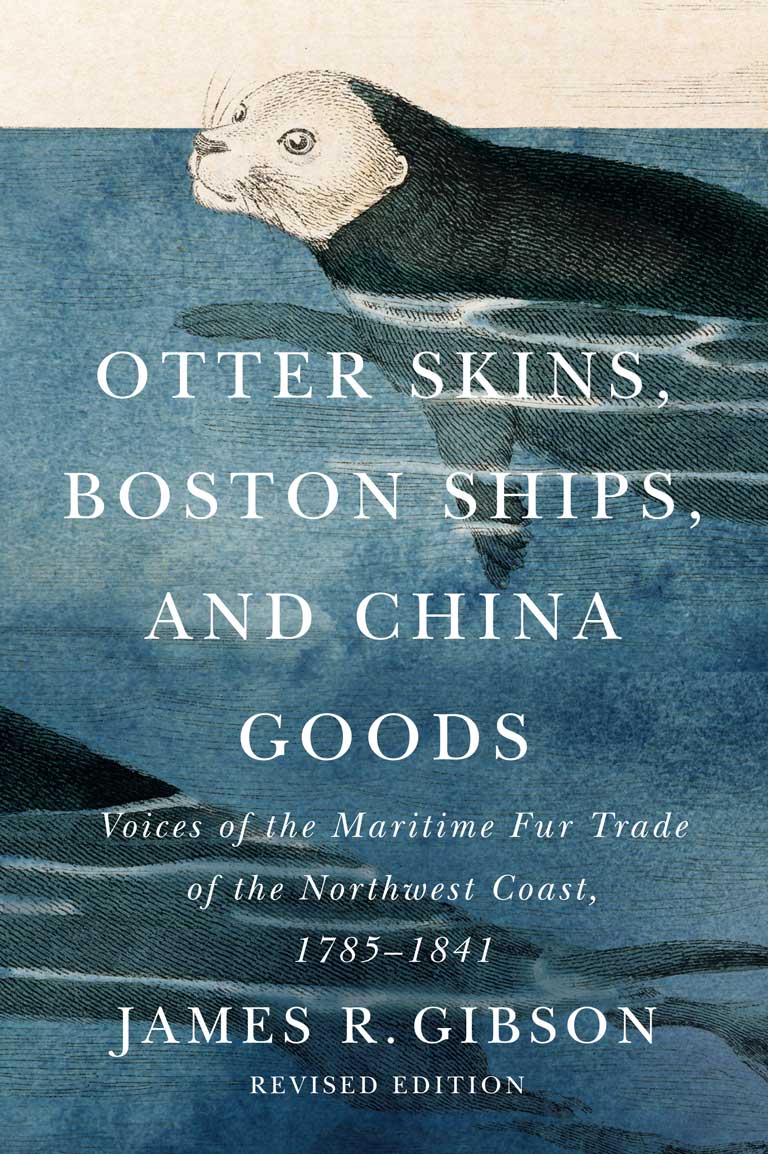
Otter Skins, Boston Ships, and China Goods
Voices of the Maritime Fur Trade of the Northwest Coast, 1785–1841
by James R. Gibson
Before contact with white people, the Indigenous peoples of the Northwest Coast traded amongst themselves and with other Indigenous groups farther inland, but by the end of the 1780s, when Russian coasters had penetrated the Gulf of Alaska and British merchantmen were frequenting Nootka Sound, trade had become the dominant economic activity in the area. James Gibson reveals in this book that the maritime fur trade persisted into the 1840s. No more comprehensive or painstakingly researched account of the maritime fur trade of the Northwest Coast has ever been written.
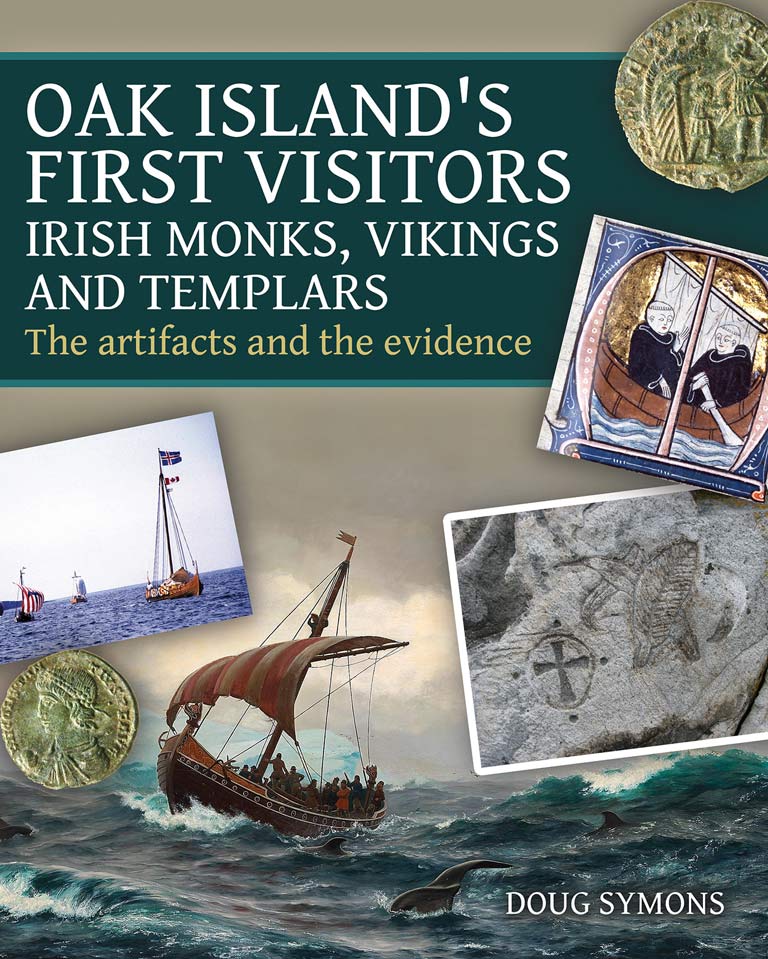
Oak Island’s First Visitors: Irish Monks, Vikings and Templars
The artifacts and the evidence
by Doug Symons
Oak Island’s First Visitors outlines a mystery that has fascinated generations of researchers, treasure hunters, and armchair investigators. This illustrated book draws on newly discovered artifacts found on Oak Island that prove a European presence hundreds of years earlier than previously thought.
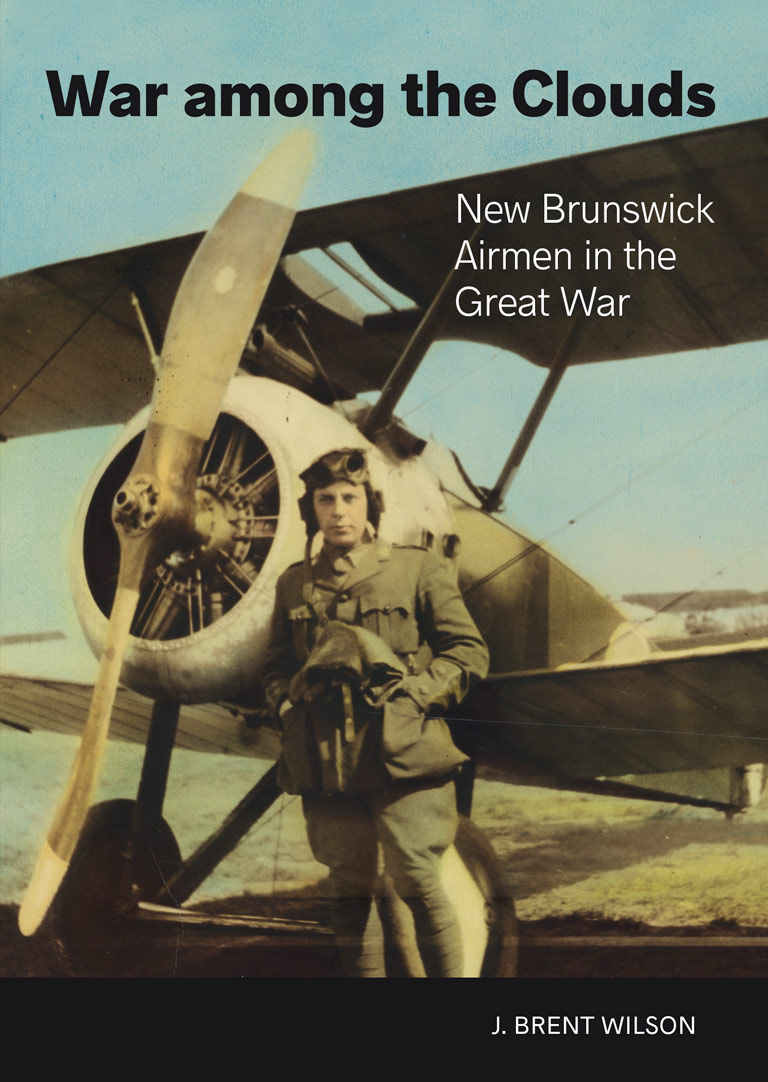
War among the Clouds
New Brunswick Airmen in the Great War
by J. Brent Wilson
Drawing on diaries, letters, newspaper reports, archival images and documents, J. Brent Wilson examines the experience of the more than 250 New Brunswickers who served in the British air services during the First World War and laid the foundation for the RCAF.
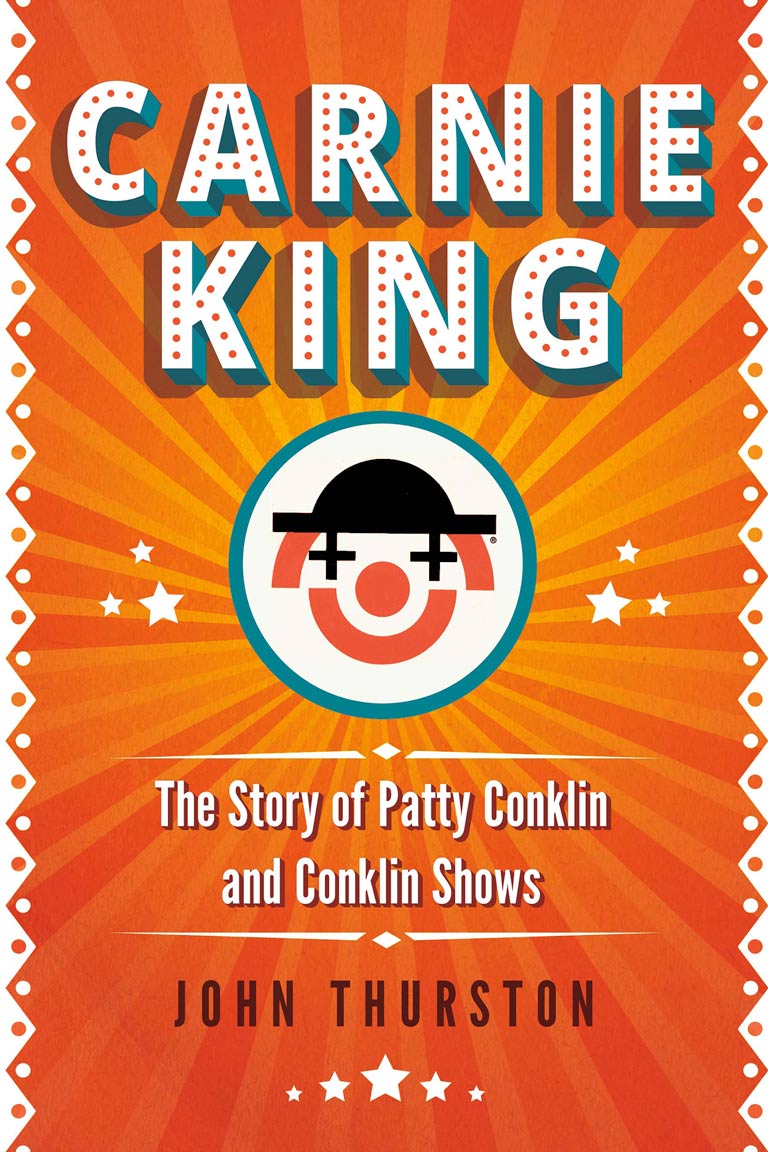
Carnie King
The Story of Patty Conklin and Conklin Shows
by John Thurston
Enter the realm of the carnie king, Patty Conklin, the flamboyant founder of the world’s largest carnival company. Follow Conklin Shows’ expansion after winning the midway contract for the Canadian National Exhibition, laying the foundation for three generations of showmen and their dominance of the midways across North America.
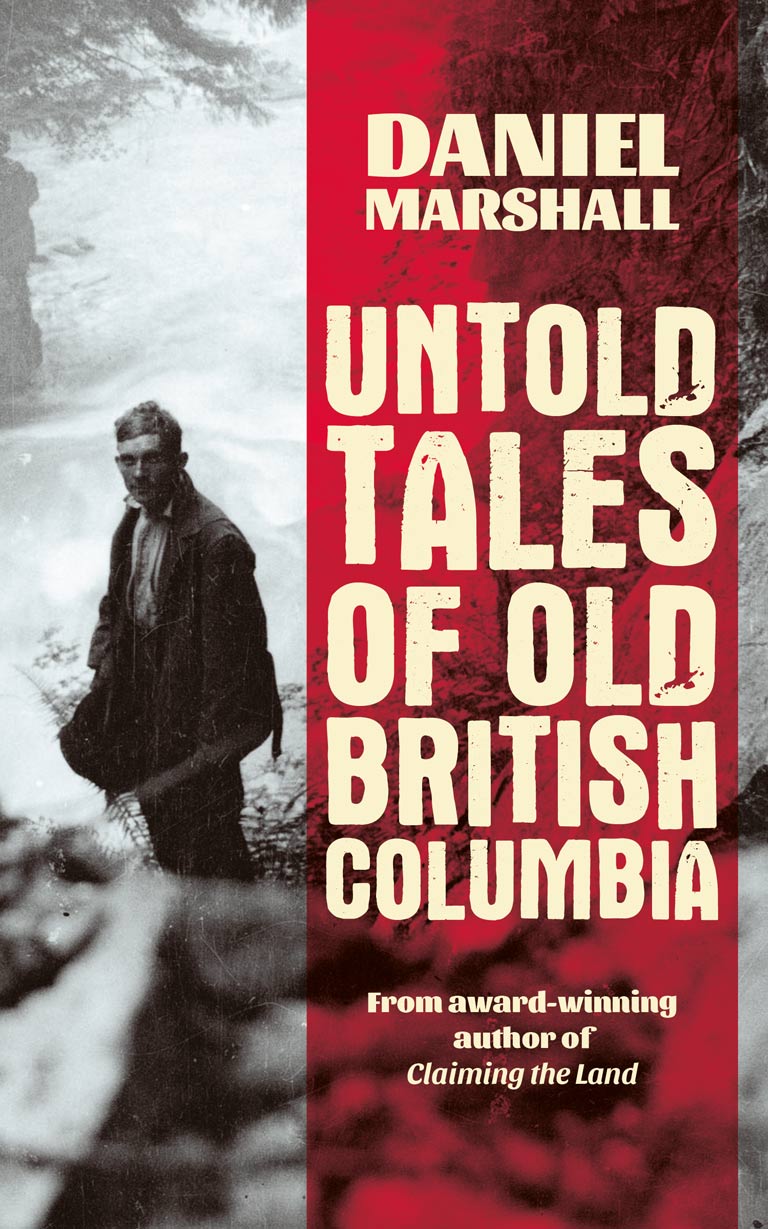
Untold Tales of Old British Columbia
by Daniel Marshall
National Bestseller! Written in Daniel Marshall’s engaging prose, the book is rigorously researched and offers inclusive narratives.
“Guaranteed that when you start reading you won’t quit and you will emerge with a new, and often unsettling, view of this place known today as ‘British Columbia.’” — Wendy Wickwire, author of the award-winning At the Bridge
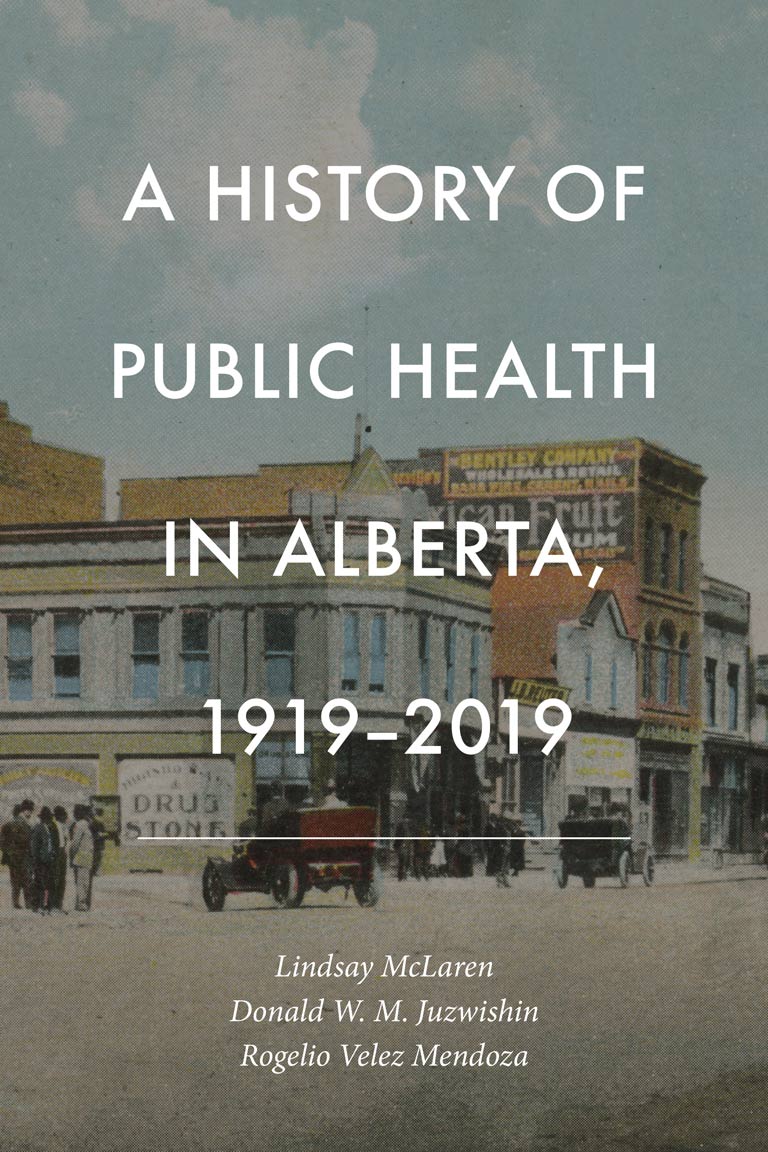
A History of Public Health in Alberta, 1919–2019
edited by Lindsay McLaren, Donald W.M. Juzwishin, and Rogelio Velez Mendoza
Public health is diffuse, divided, and poorly understood. This is the story of one hundred years of public health in Alberta. Drawing on extensive research, including interviews with members of Alberta’s public health communities, this book pulls together the threads of public health policy, practice, and research, paying special attention to health inequities and how they can be addressed.
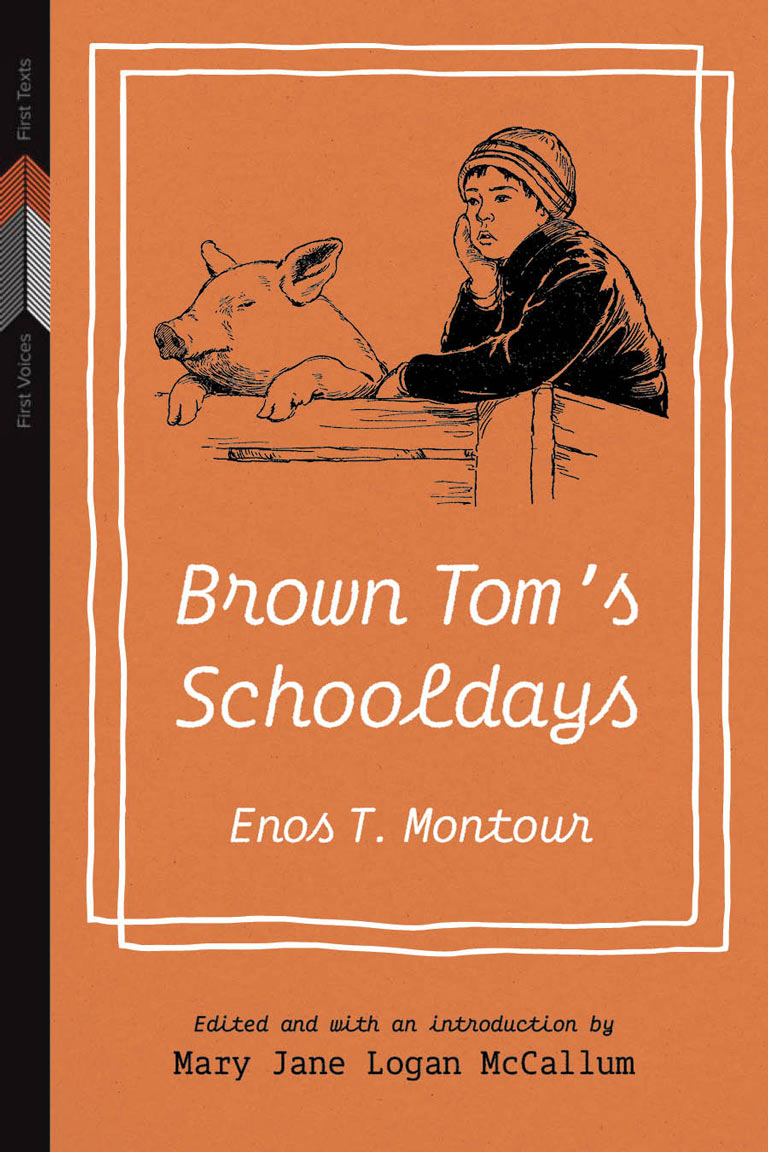
Brown Tom’s Schooldays
by Enos T. Montour, edited and with an introduction by Mary Jane Logan McCallum
Enos Montour’s Brown Tom’s Schooldays tells the story of a young boy’s life at residential school. Drawn from Montour’s first-hand experiences at Mount Elgin Indian Residential School between 1910 and 1915, the book is an accomplished literary text and uncommon chronicle of federal Indian schooling in the early twentieth century.

Mining Camp Tales of the Silvery Slocan
A History of British Columbia’s Silver Rush
by Peter Smith
Mining Camp Tales of the Silvery Slocan tells the often-overlooked story of British Columbia’s silver rush and its accompanying towns in late 1800s. At its height, the silver rush ushered in a frenzy of activity. Cities sprang up out of nowhere, cultures clashed, greed and racism prevailed, law and order was a matter of perspective, and yet, somehow, people still united in song, dance, and a spirit of community. Although the boom era was short-lived, the rush left a legacy that endures to this day.

Prairie Oddities
Punkinhead, Peculiar Gravity and More Lesser Known Histories
by Darren Bernhardt
Laden with archival images, Bernhardt’s stories restore focus on the gunslinging fugitive who became a folk hero, the curious and chaotic battle for Kenora, the flower-bearing American spy, the ghost trail of the Bergen Cutoff, the lost bells of St. Boniface, how the bison were saved from extinction, Hudson Bay’s missing gravity, and the many firsts accomplished in the Northwest. The stories of what was — and what could have been — arouse imagination and kindle interest in a complicated and colourful past.
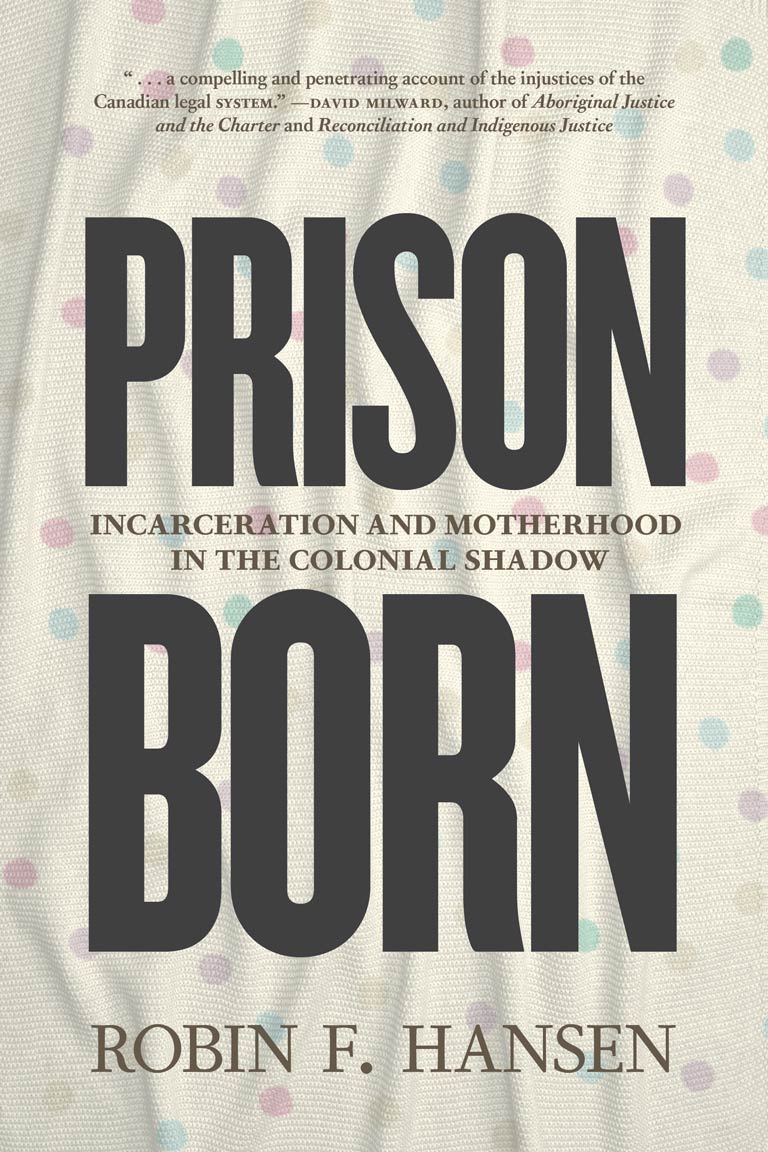
Prison Born
Incarceration and Motherhood in the Colonial Shadow
by Robin F. Hansen
In 2016, law professor Robin F. Hansen represented an incarcerated pregnant woman, Jacquie, who was afraid for her unborn son. Prison Born follows the story of Jacquie and her son, born while she was serving her sentence, and exposes the brutality and injustice of punishment practices in Canada — where incarcerated women who give birth are routinely separated from their newborns.
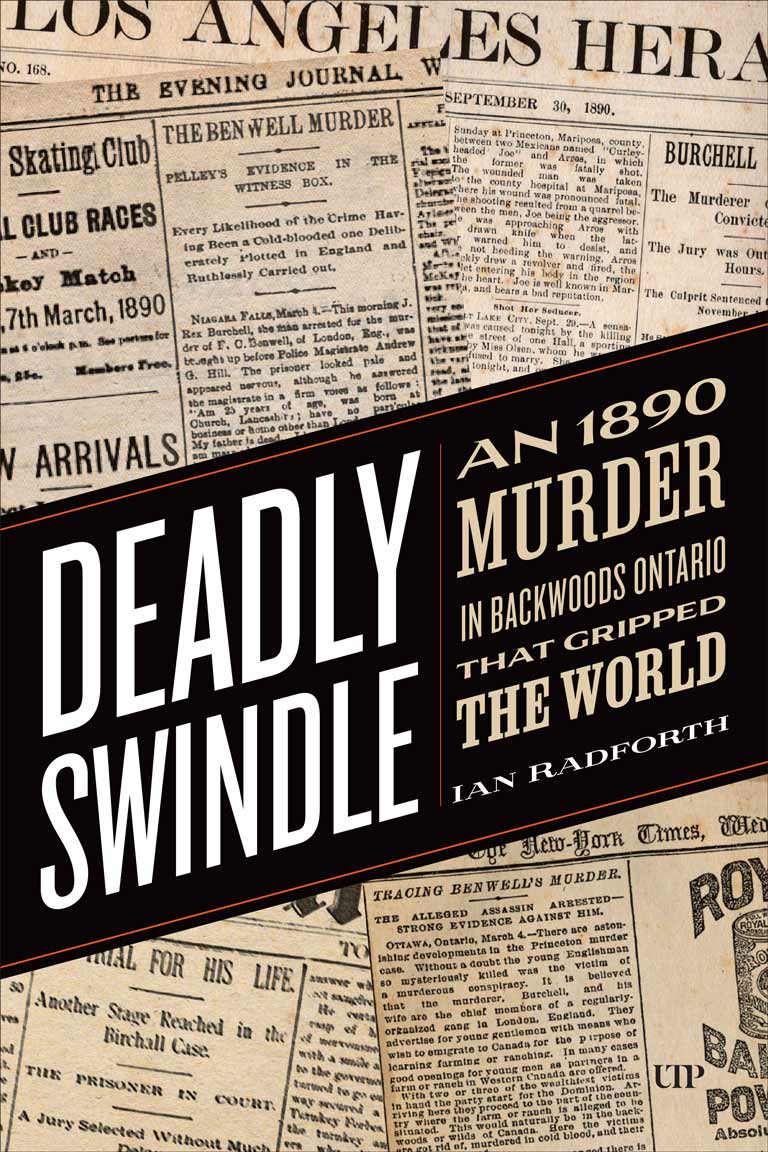
Deadly Swindle
An 1890 Murder in Backwoods Ontario that Gripped the World
by Ian Radforth
An intriguing picture of social life in late nineteenth-century Canada, Deadly Swindle tells the story of one of Canada’s most sensational murder cases. The book draws a vivid and learned portrait of the workings of the criminal-justice system at this time in the country’s history and includes extensive research in press history and the legal processes of the day.
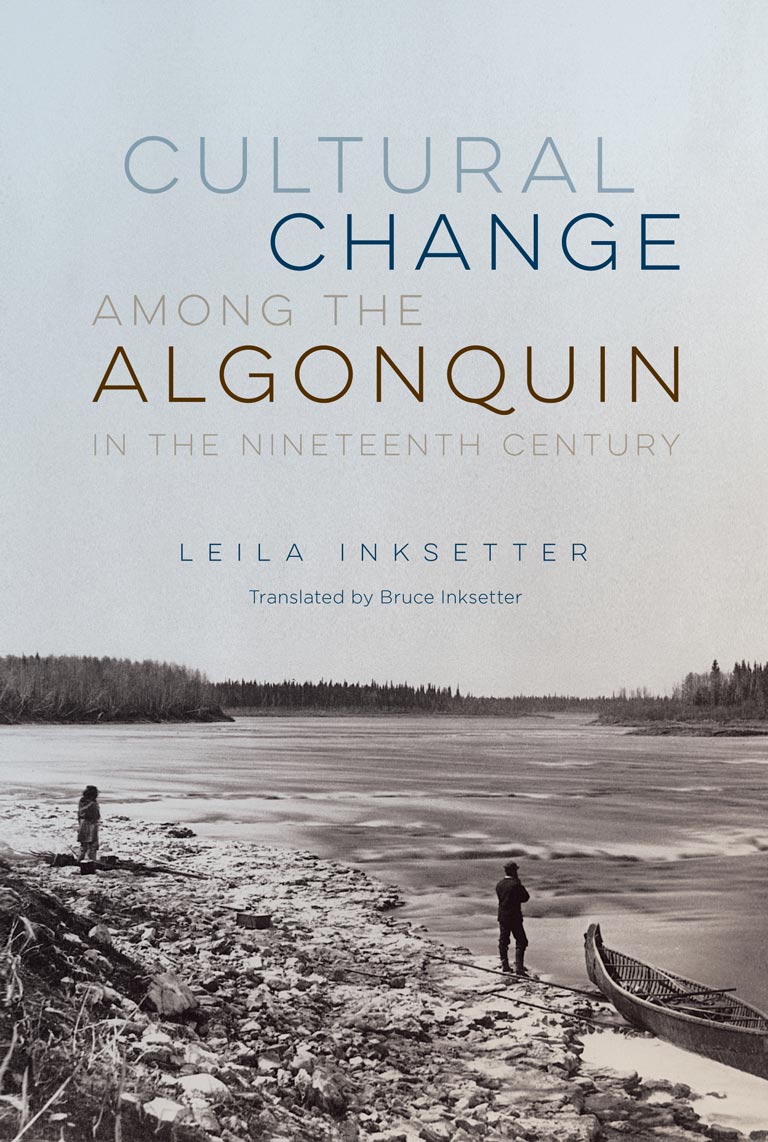
Cultural Change among the Algonquin in the Nineteenth Century
by Leila Inksetter, translated by Bruce Inksetter
The nineteenth century was a time of upheaval for the Algonquin people. As they came into more sustained contact with fur traders, missionaries, settlers, and other outside agents, their ways of life were disrupted and forever changed. Yet the Algonquin were not entirely without control over the cultural change that confronted them in this period. Cultural Change among the Algonquin in the Nineteenth Century traces the history of settler-Indigenous encounter in two areas around the modern Ontario-Quebec border, in the period after colonial incursion but before the full effects of the Indian Act of 1876 were felt.
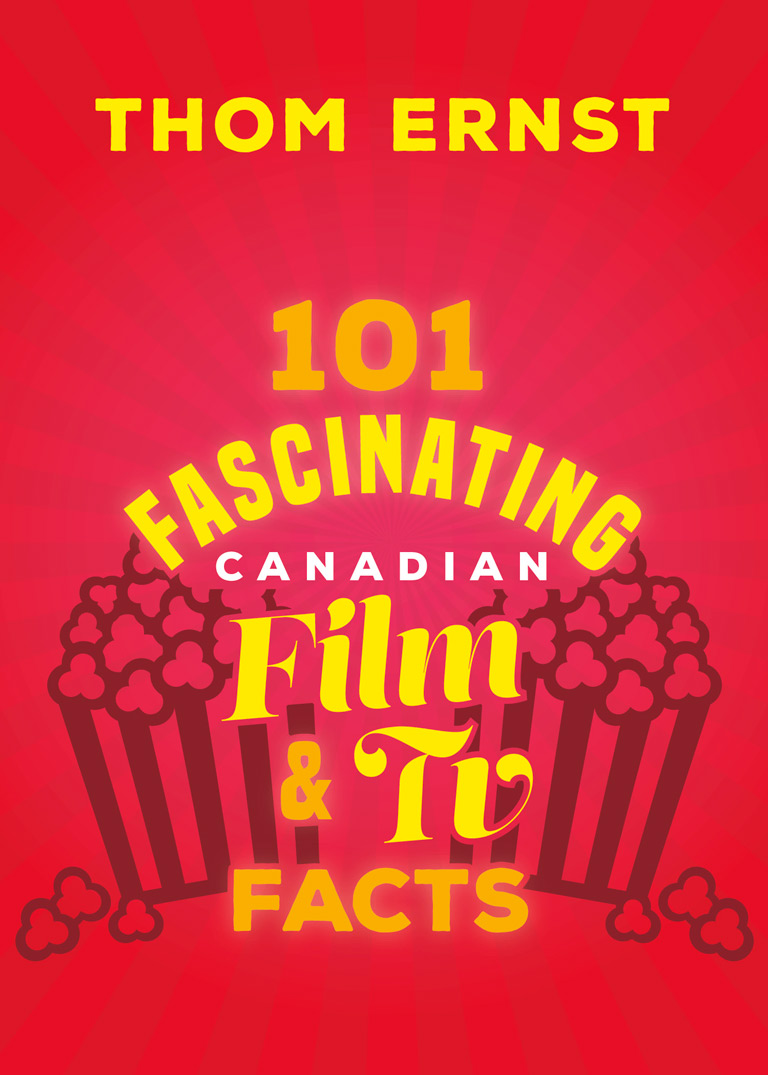
101 Fascinating Canadian Film and TV Facts
by Thom Ernst
With an eye for the unique and the absurd, 101 Fascinating Canadian Film & TV Facts, from one of Canada’s leading film critics, is a lively and humorous look at the best and the worst, the firsts and the lasts, and the groundbreaking truths behind Canada’s film and television industry.

Canada’s History slipcase
Preserve your collection of back issues with this magazine slipcase beautifully wrapped in burgundy vellum with gold foil stamp on the front and spine. Each case holds twelve issues — two years of magazines — and ensures your collection of Canada’s History stays in perfect condition for future reference.
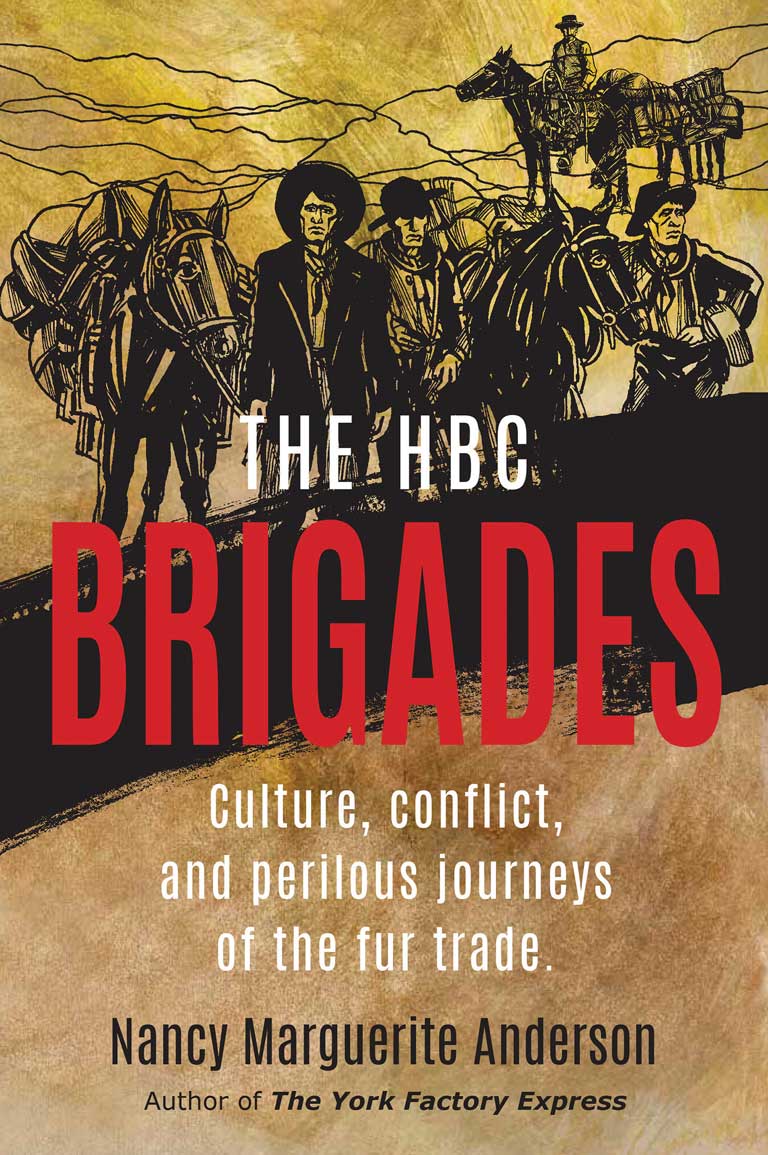
The HBC Brigades
Culture, conflict and perilous journeys of the fur trade
by Nancy Marguerite Anderson
National Bestseller! A lively recounting of the gruelling thousand-mile trail faced by the brigades as they pushed over mountains and through ferocious river crossings to reach fur-trading posts as First Nations people struggled with the desire to resist or assist them.
“A fine book with crisp writing nicely balanced between the author’s voice and the journals of the HBC men.” — BC BookWorld
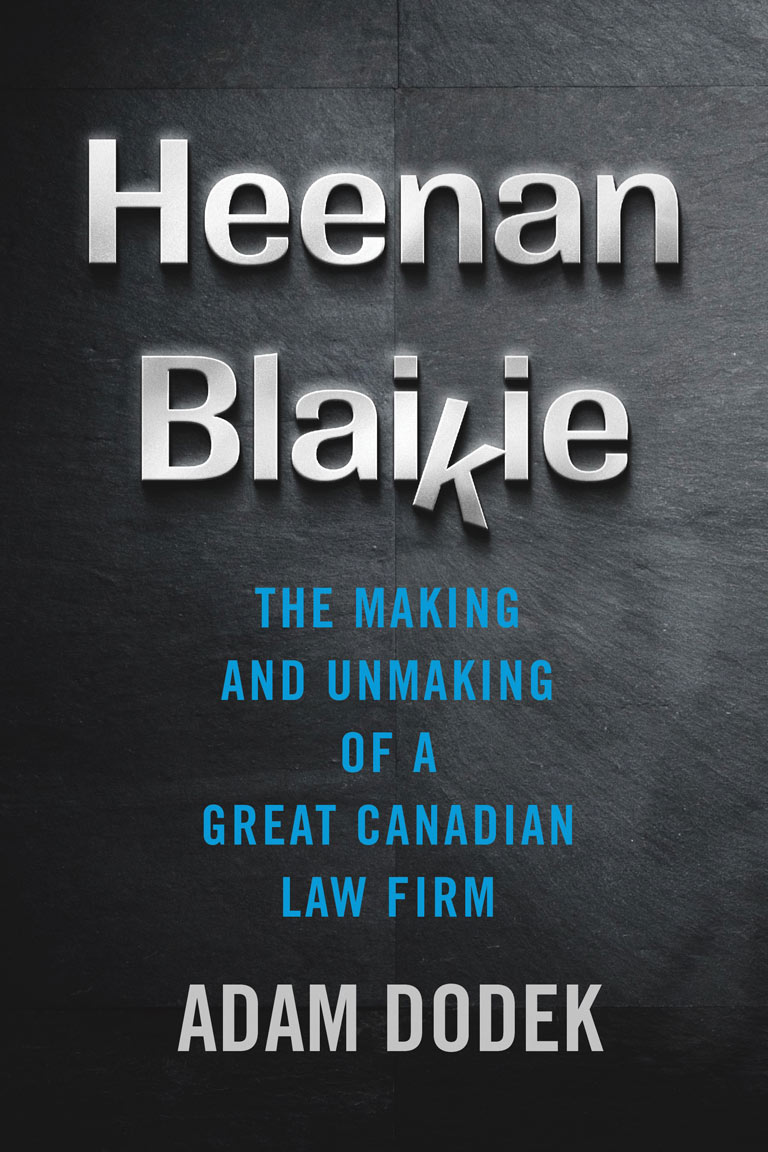
Heenan Blaikie
The Making and Unmaking of a Great Canadian Law Firm
by Adam Dodek
In 1973, three idealistic young lawyers in Montreal established Heenan Blaikie. It would become one of Canada’s highest-profile law firms, counting former prime ministers, premiers, cabinet ministers, and Supreme Court justices in its ranks. It was like a family, according to many who worked there. But it was a dysfunctional family. In 2014, the firm’s dramatic collapse became front-page news. Heenan Blaikie is the fascinating story of a respected law firm that buckled under weak governance and management.
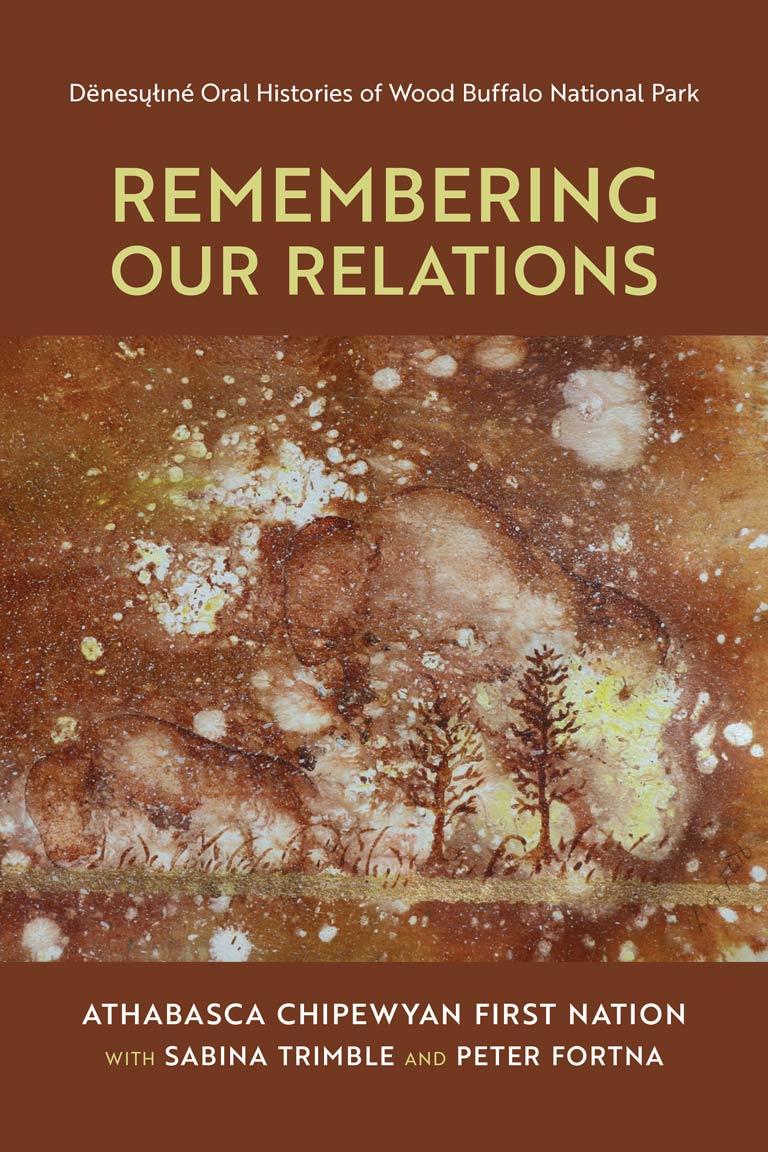
Remembering Our Relations
Dënesųłıné Oral Histories of Wood Buffalo National Park
Athabasca Chipewyan First Nation with Sabina Trimble and Peter Fortna
At nearly 45,000 square kilometres, Wood Buffalo National Park is Canada’s largest. Central to its creation, expansion, and management was the deliberate eviction of Dënesųłıné people from their homes and homelands, the forced separation of Dene families, and restriction of their Treaty rights. Remembering Our Relations is a call for the justice Dënesųłıné peoples have been pursuing for over a century.

The Roosting Box
Rebuilding the Body After the First World War
by Kristen den Hartog
A deeply researched, exquisitely written history of the Christie Street Hospital and how war reshaped Canadian society, The Roosting Box offers deeply personal perspectives from its patients and staff on healing in the aftermath of war.
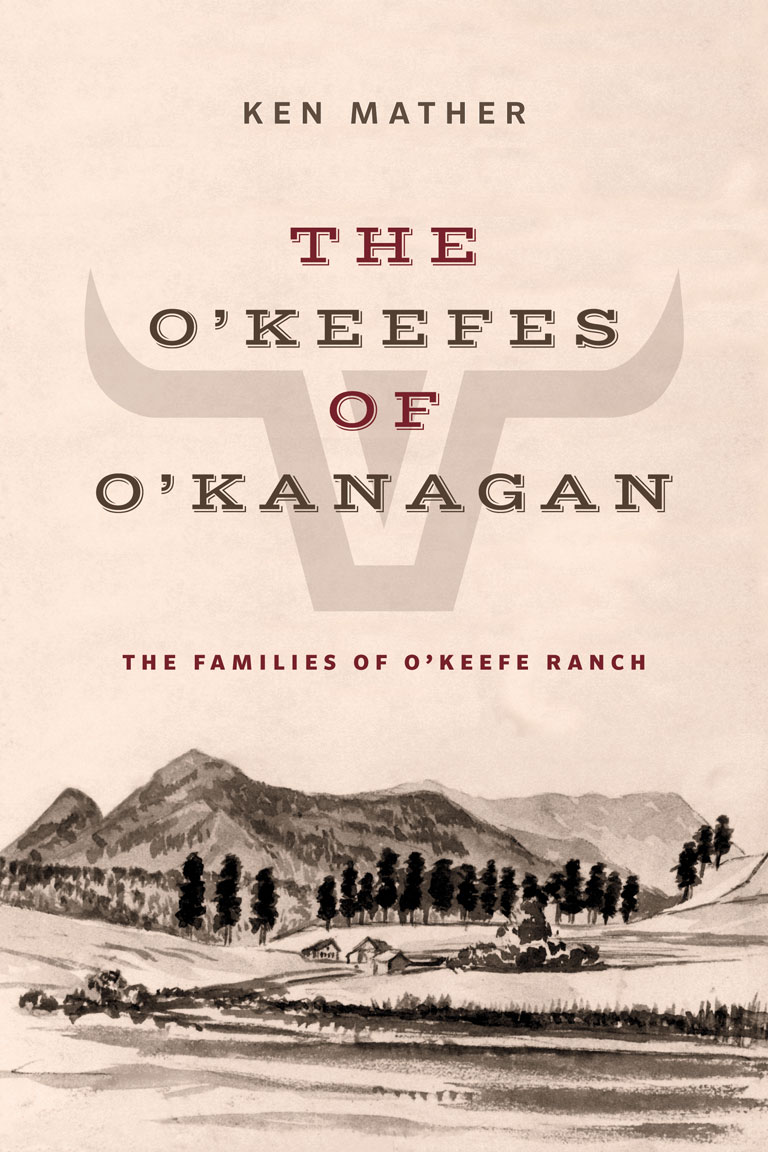
The O’Keefes of O’Kanagan
The Families of O’Keefe Ranch
by Ken Mather
The O’Keefes of O’kanagan offers a fascinating glimpse into the life of an early farming community in the heart of the Okanagan Valley. It’s a welcome resource for any visitor to the historic O’Keefe Ranch founded in 1867 by three cowboys. The story of ranching magnate Cornelius O’Keefe is as much the story of the five strong women who lived and worked alongside him, persevering through the economic downturns and years when the family’s very survival was a struggle.
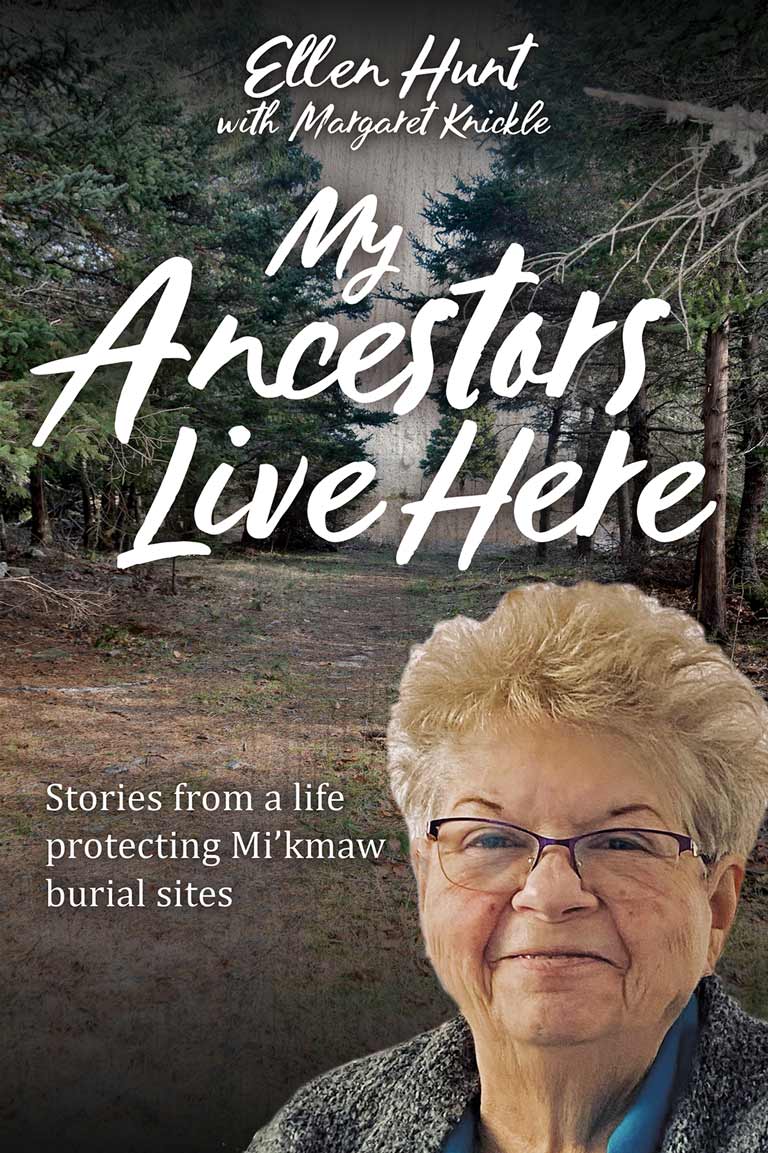
My Ancestors Live Here
Stories from a Life Protecting Mi’kmaw Burial Sites
by Ellen Hunt with Margaret Knickle
For over twenty years, Mi’kmaw Elder Ellen Hunt has been identifying, researching, and fighting to protect Mi’kmaw burial sites in Nova Scotia that have long been forgotten, neglected, and destroyed. My Ancestors Live Here chronicles her childhood and activist work through to the present day.
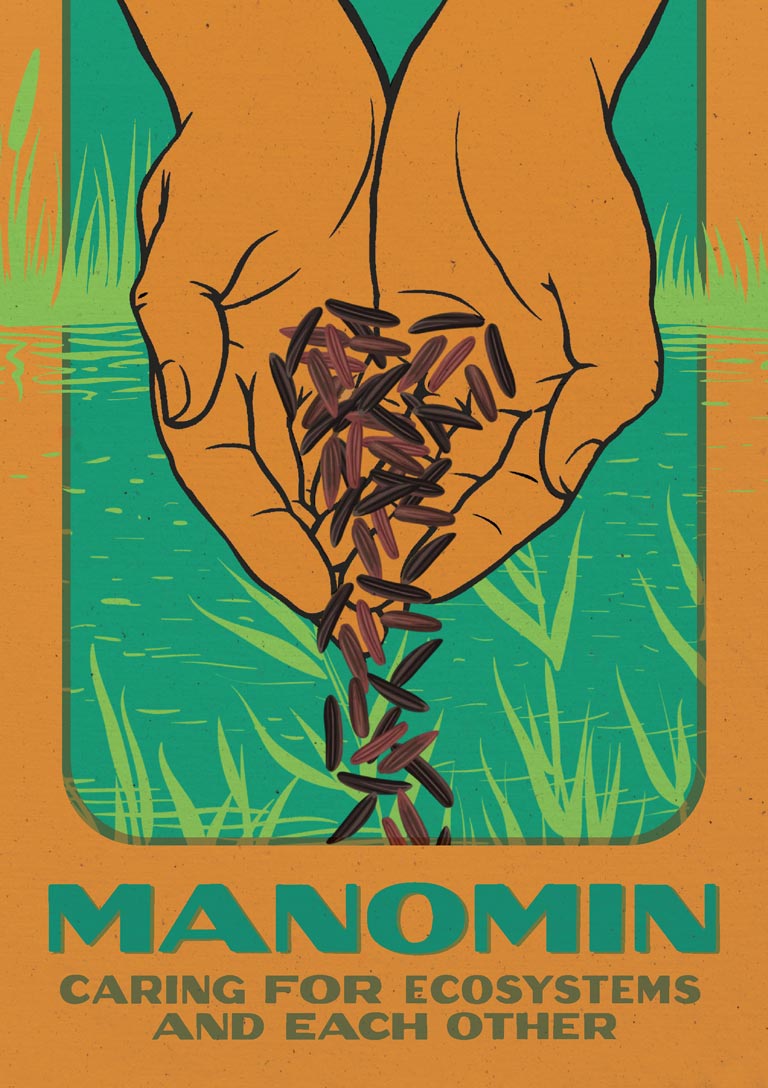
Manomin
Caring for Ecosystems and Each Other
edited by Brittany Luby, Margaret Lehman, Andrea Bradford, Samantha Mehltretter, and Jane Mariotti
Grounded in Indigenous methodologies, this collection offers a community-engaged analysis of the only cereal grain native to Turtle Island. Weaving together the voices of scholars, chefs, harvesters, engineers, poets, and artists, Manomin teaches us how to live well in the world, sustaining our relations with each other, our food, and our waterways.
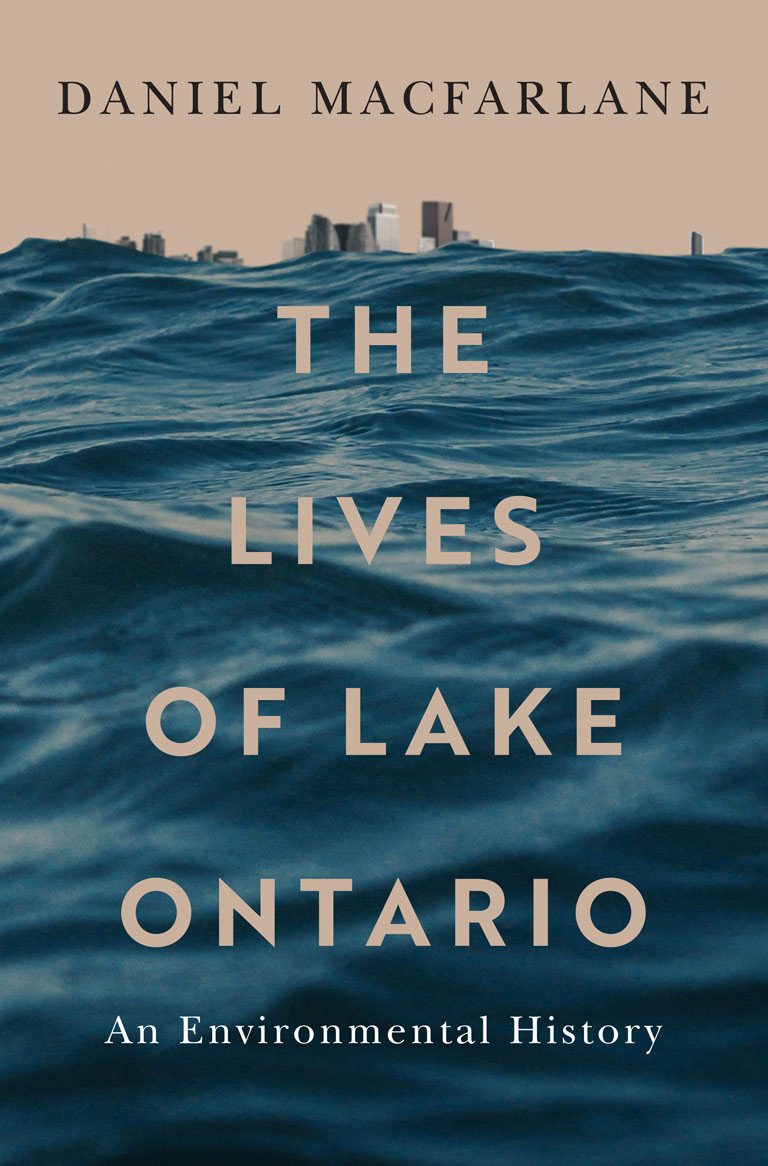
The Lives of Lake Ontario
An Environmental History
by Daniel Macfarlane
Lake Ontario has profoundly influenced the historical evolution of North America. In The Lives of Lake Ontario, Daniel Macfarlane details the lake’s relationship with the Indigenous nations, settler cultures, and modern countries that have occupied its shores. He examines the myriad ways Canada and the United States have used and abused this resource, demonstrating that the lake is both remarkably resilient and uniquely vulnerable.
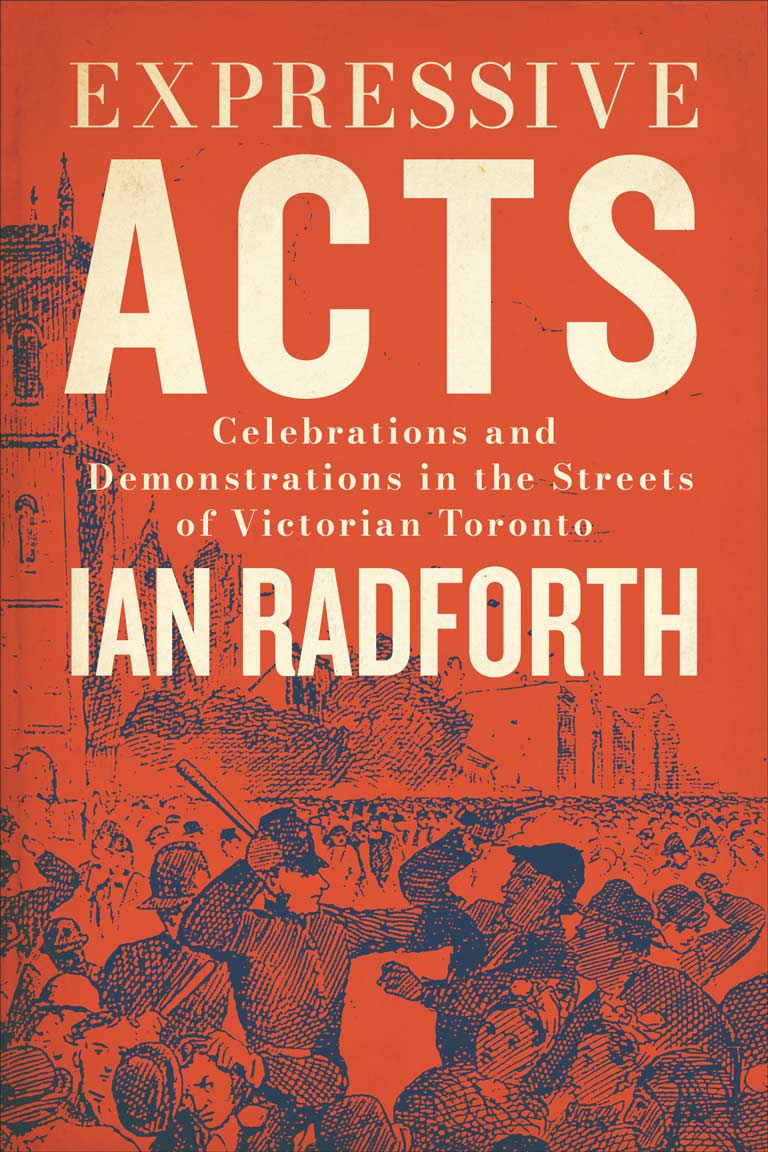
Expressive Acts
Celebrations and Demonstrations in the Streets of Victorian Toronto
by Ian Radforth
Expressive Acts examines instances of both celebration and protest when Torontonians publicly displayed their allegiances, politics, and values. The book illustrates not just the Victorian city’s vibrant public life but also the intense social tensions and cultural differences within the city. Drawing from journalists’ accounts in newspapers, Expressive Acts illuminates what drove Torontonians to claim public space, where their passions lay, and how they gave expression to them.
Themes associated with this article
Advertisement




